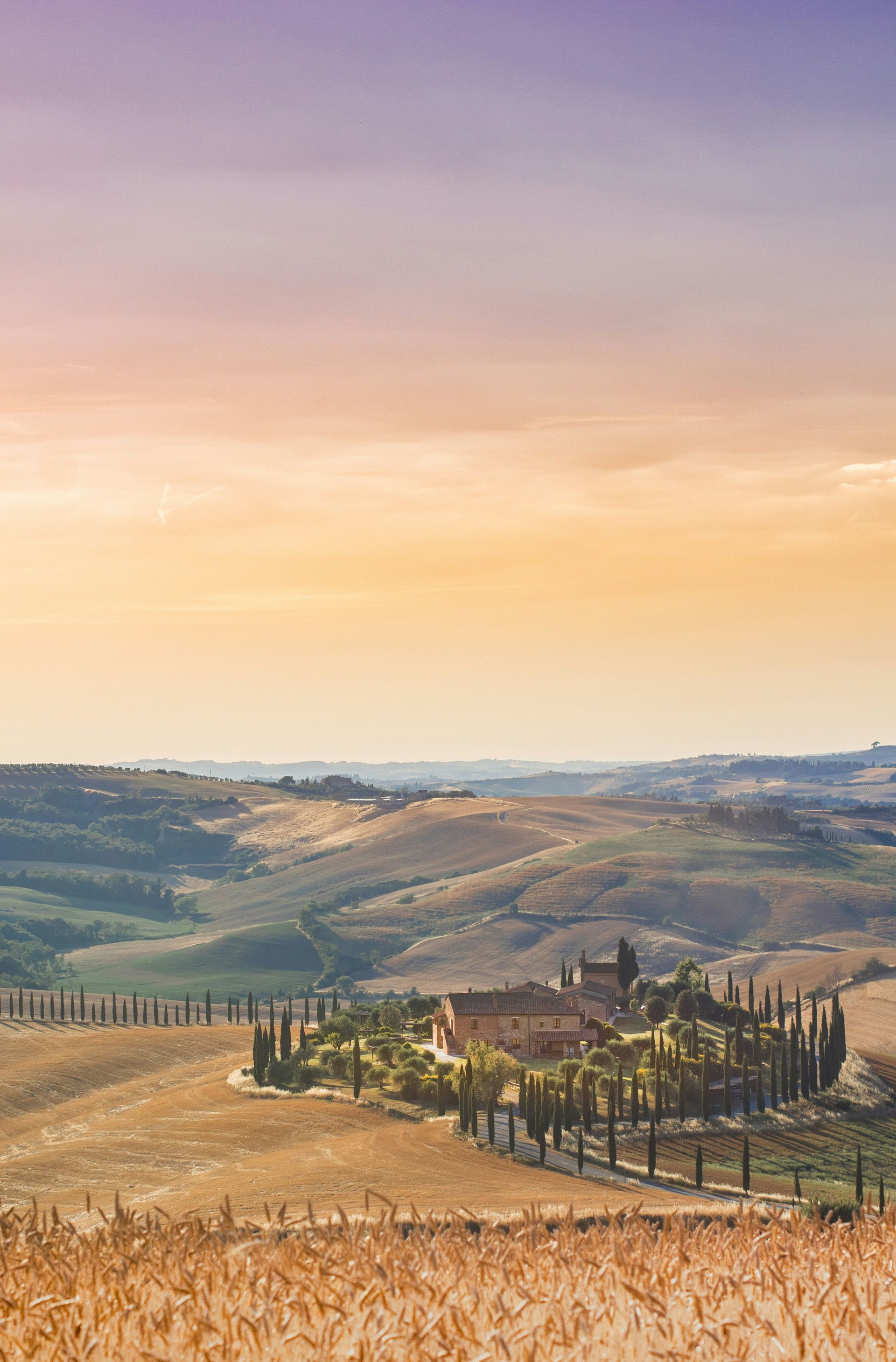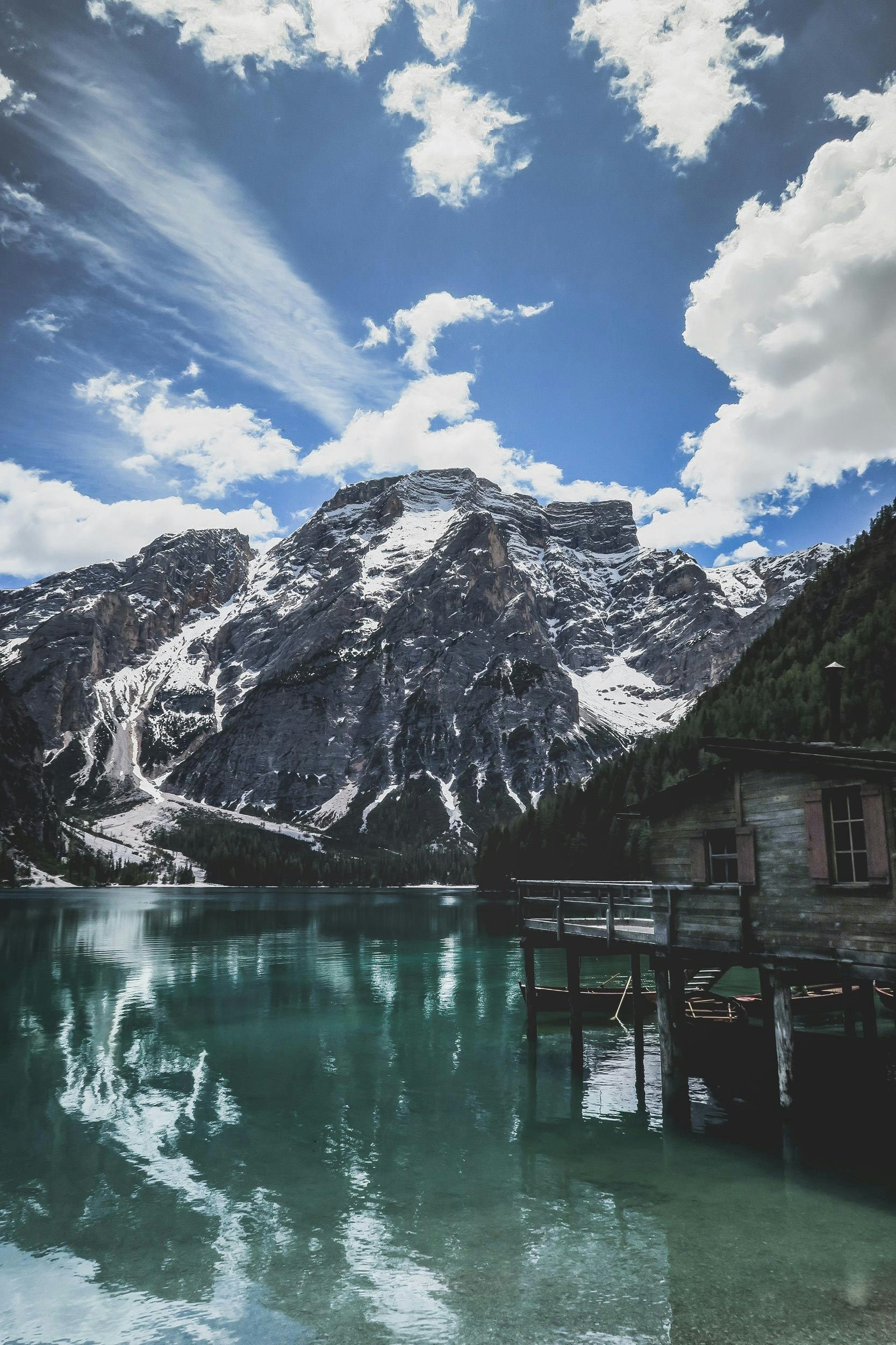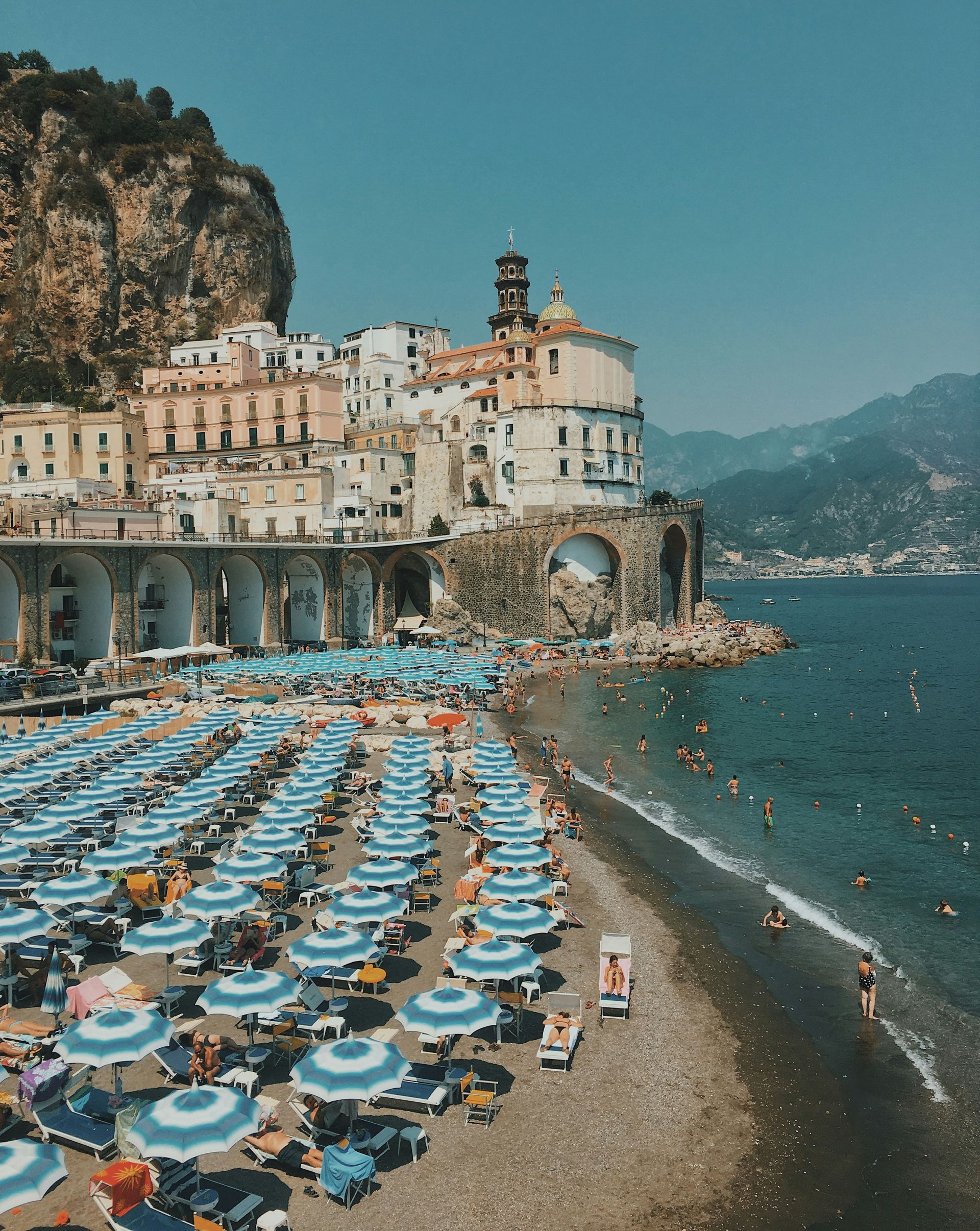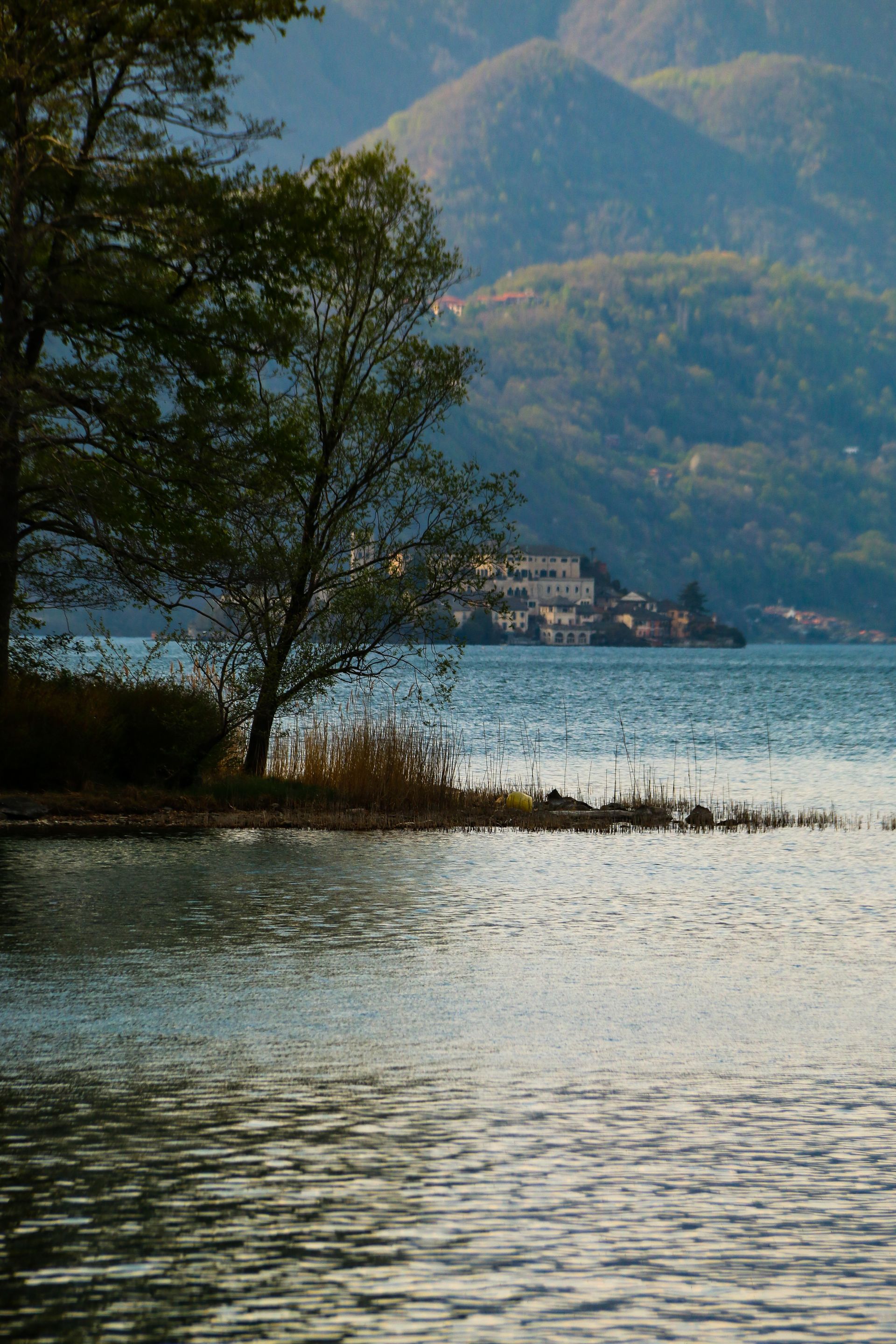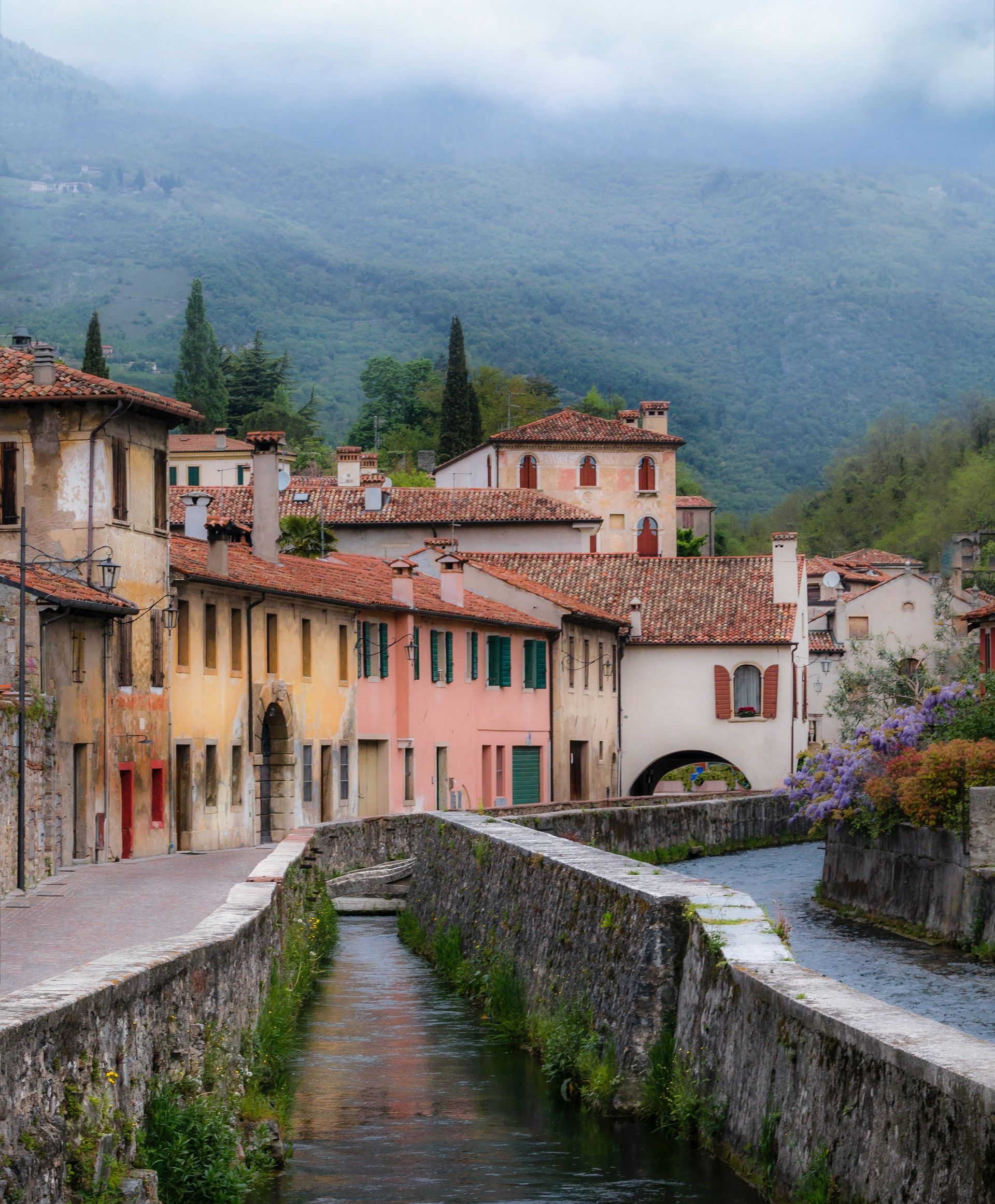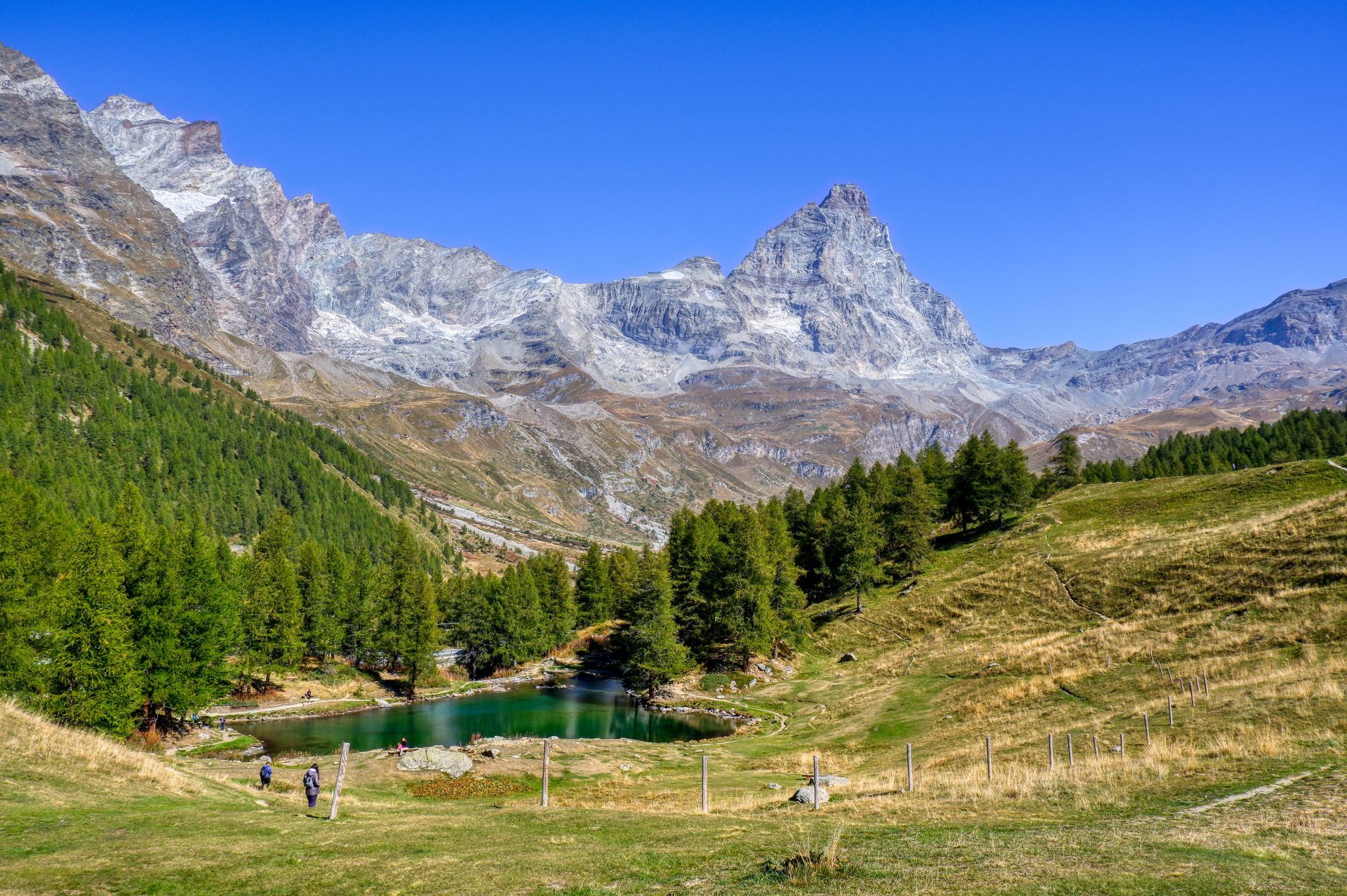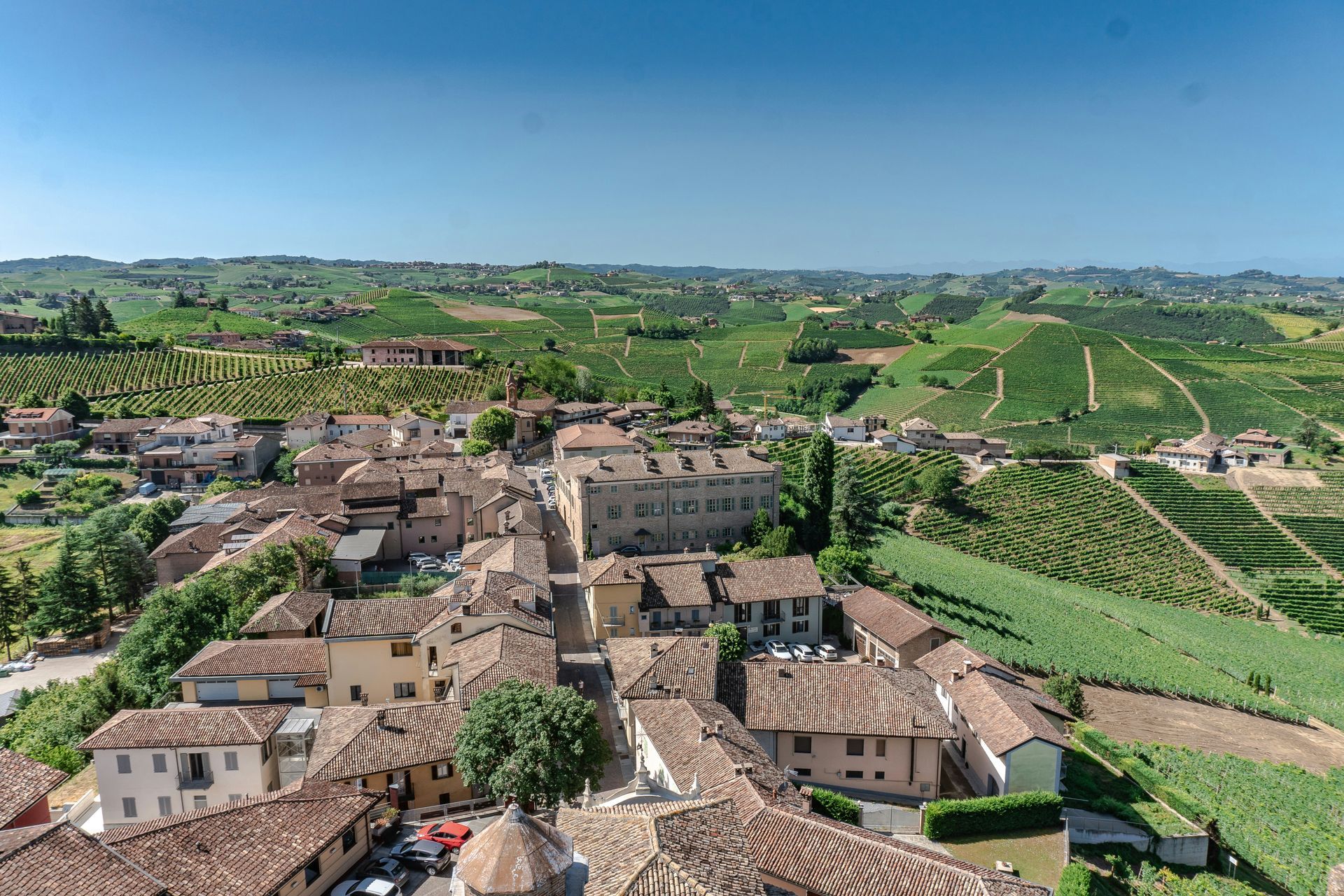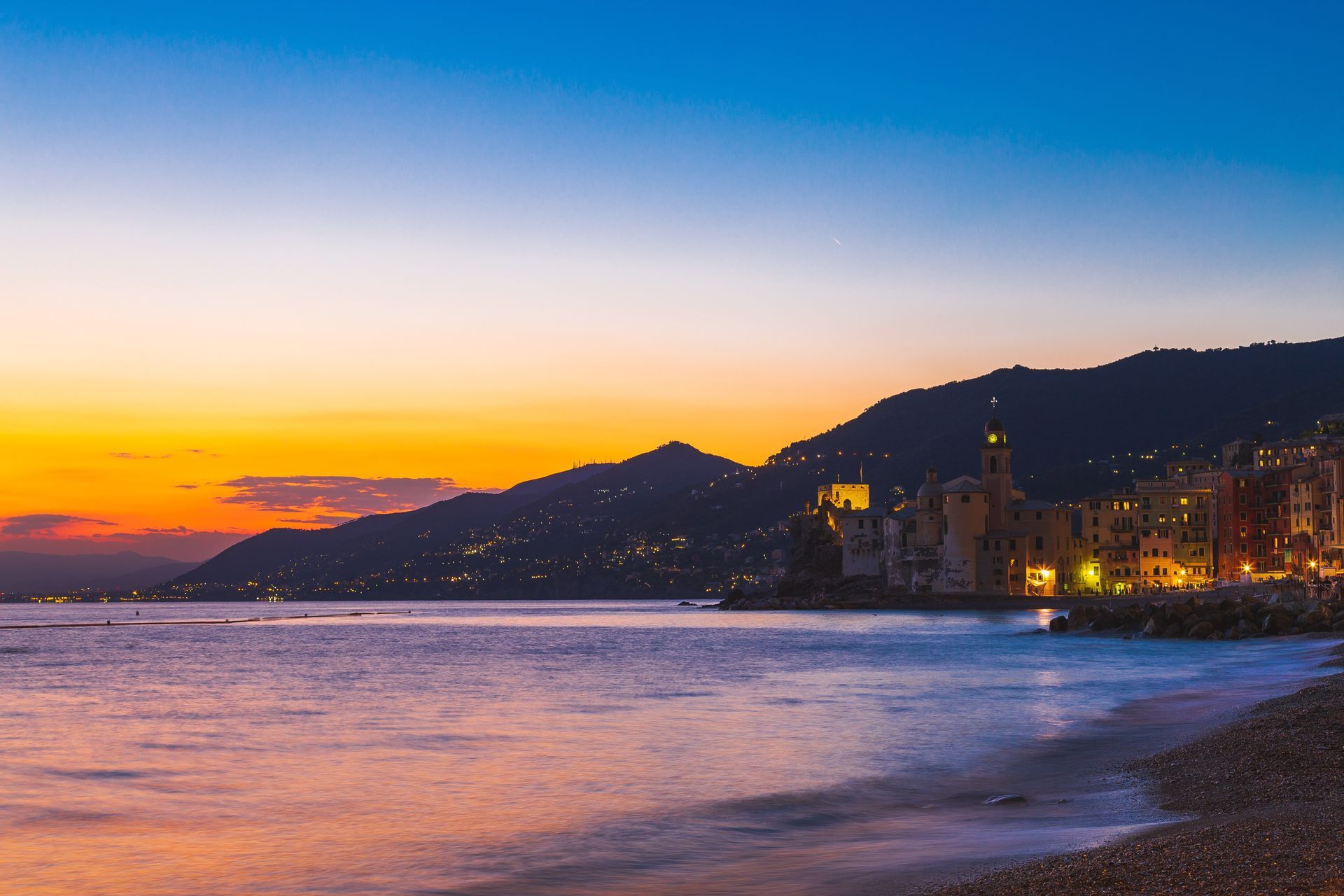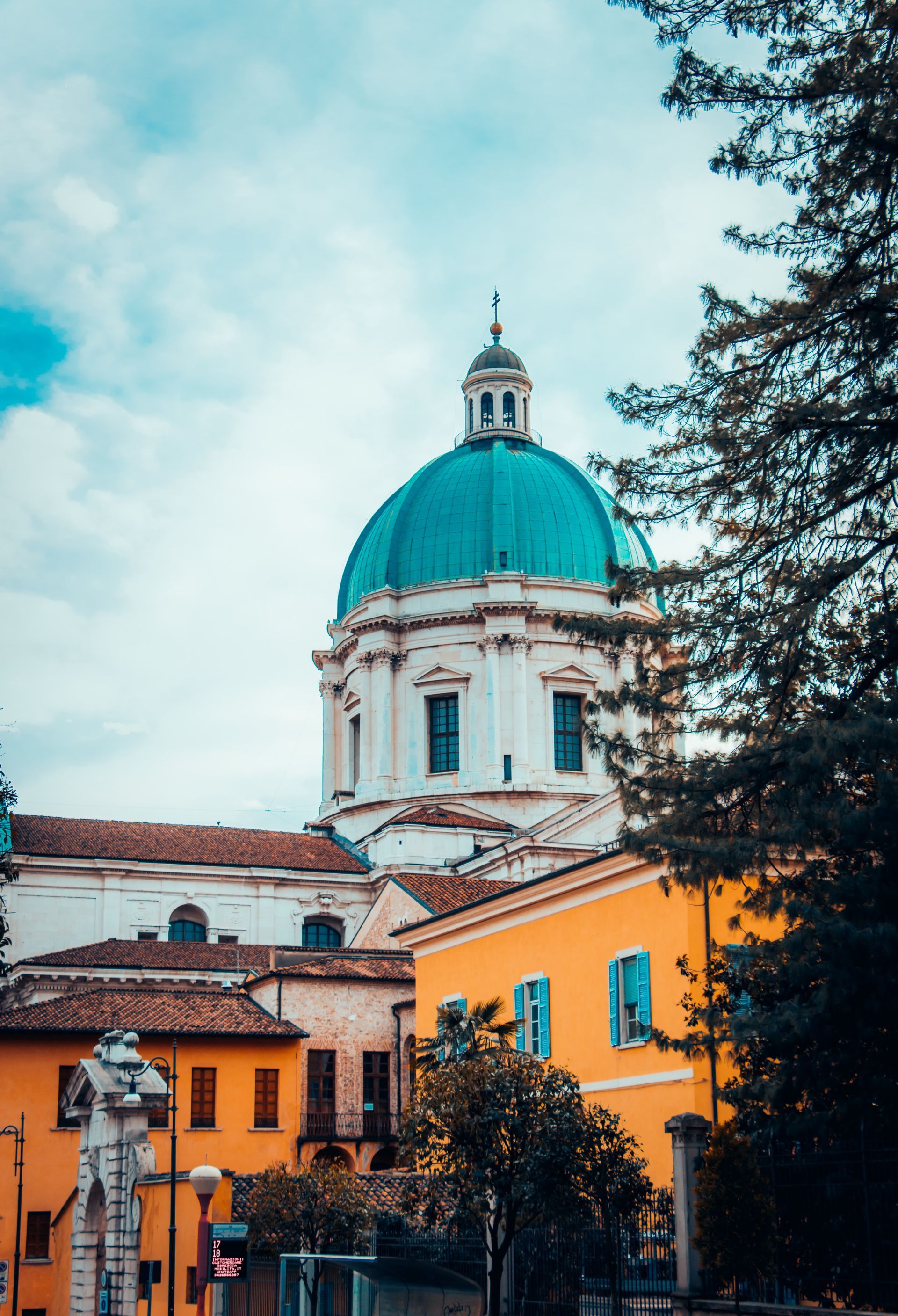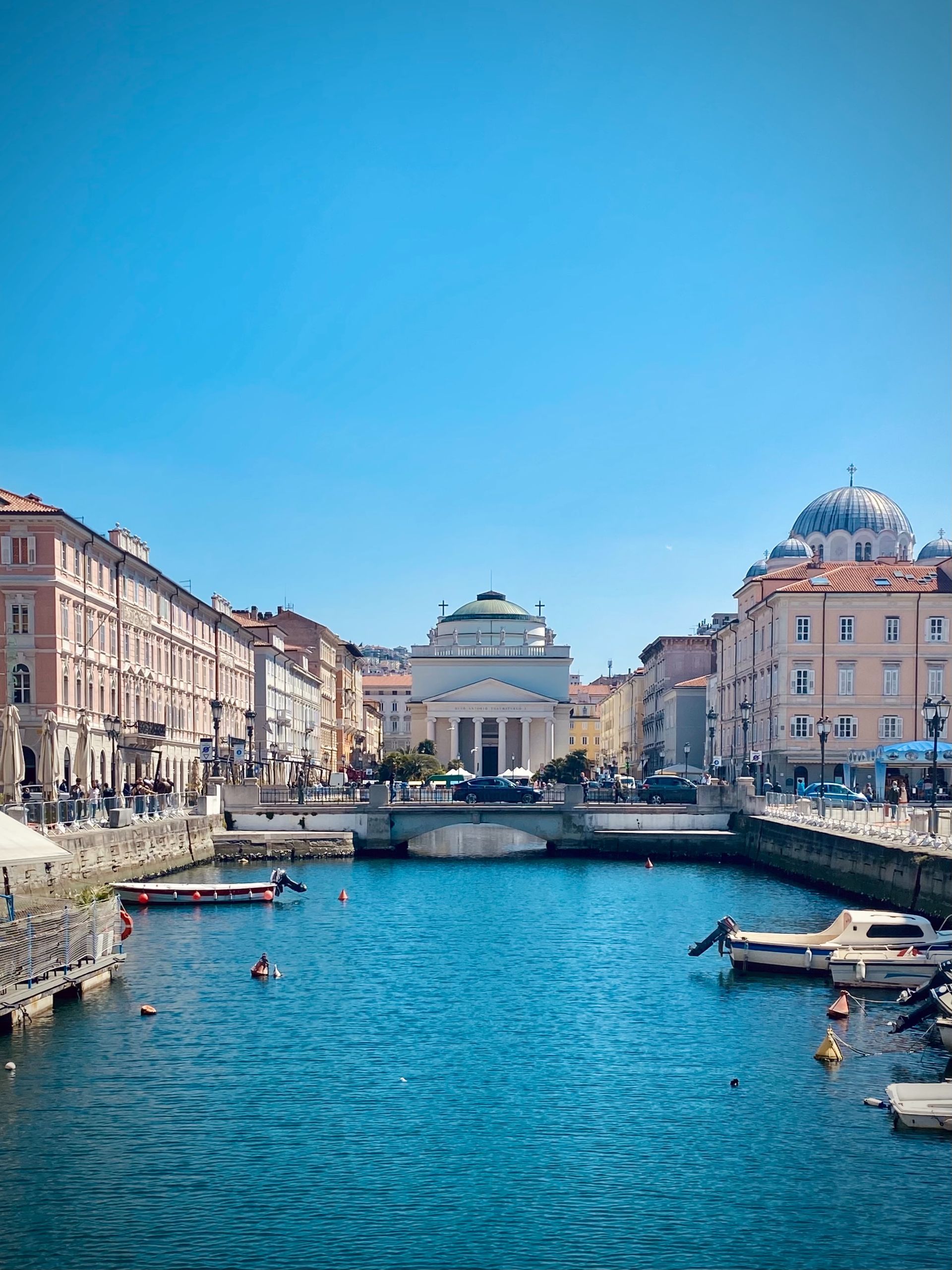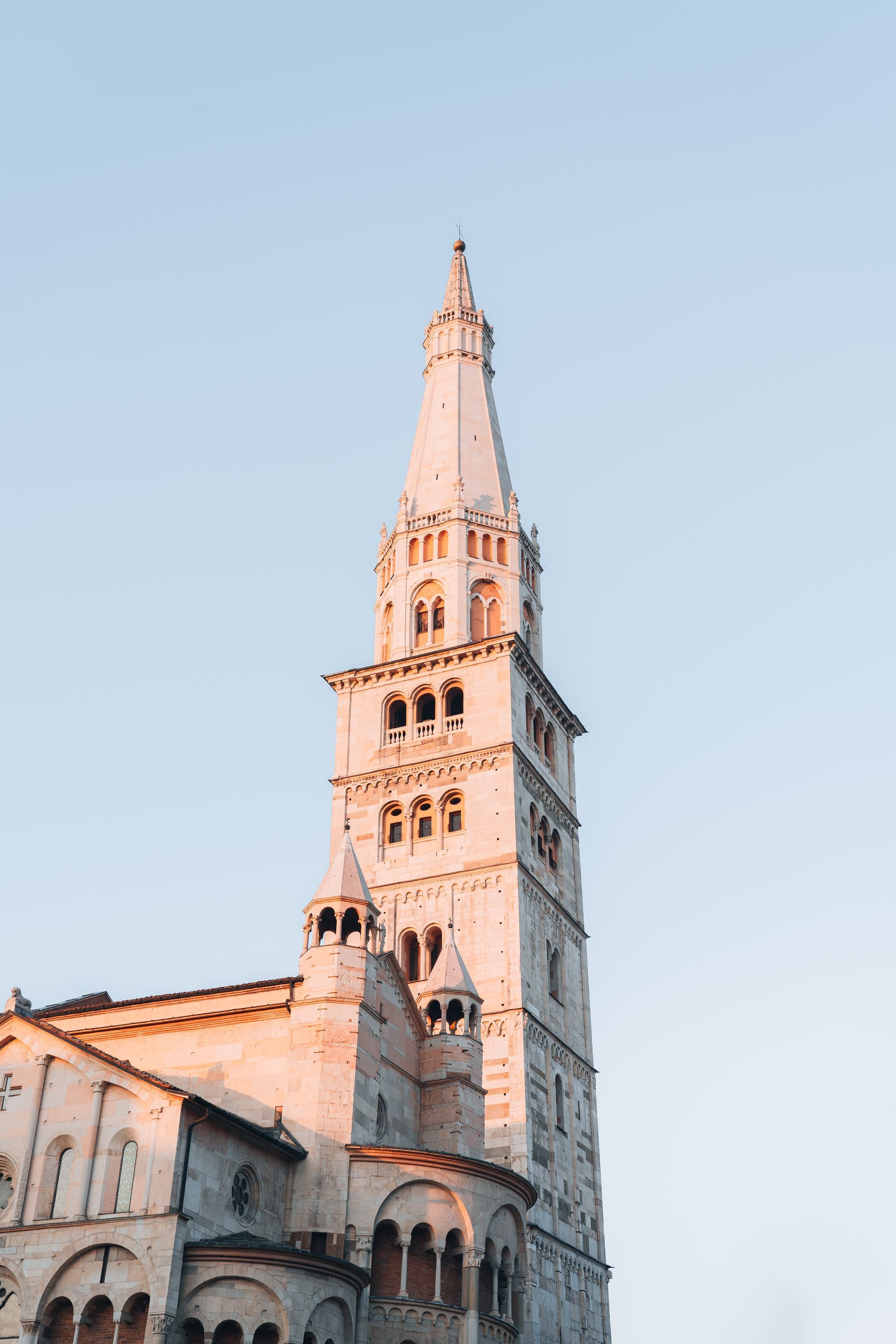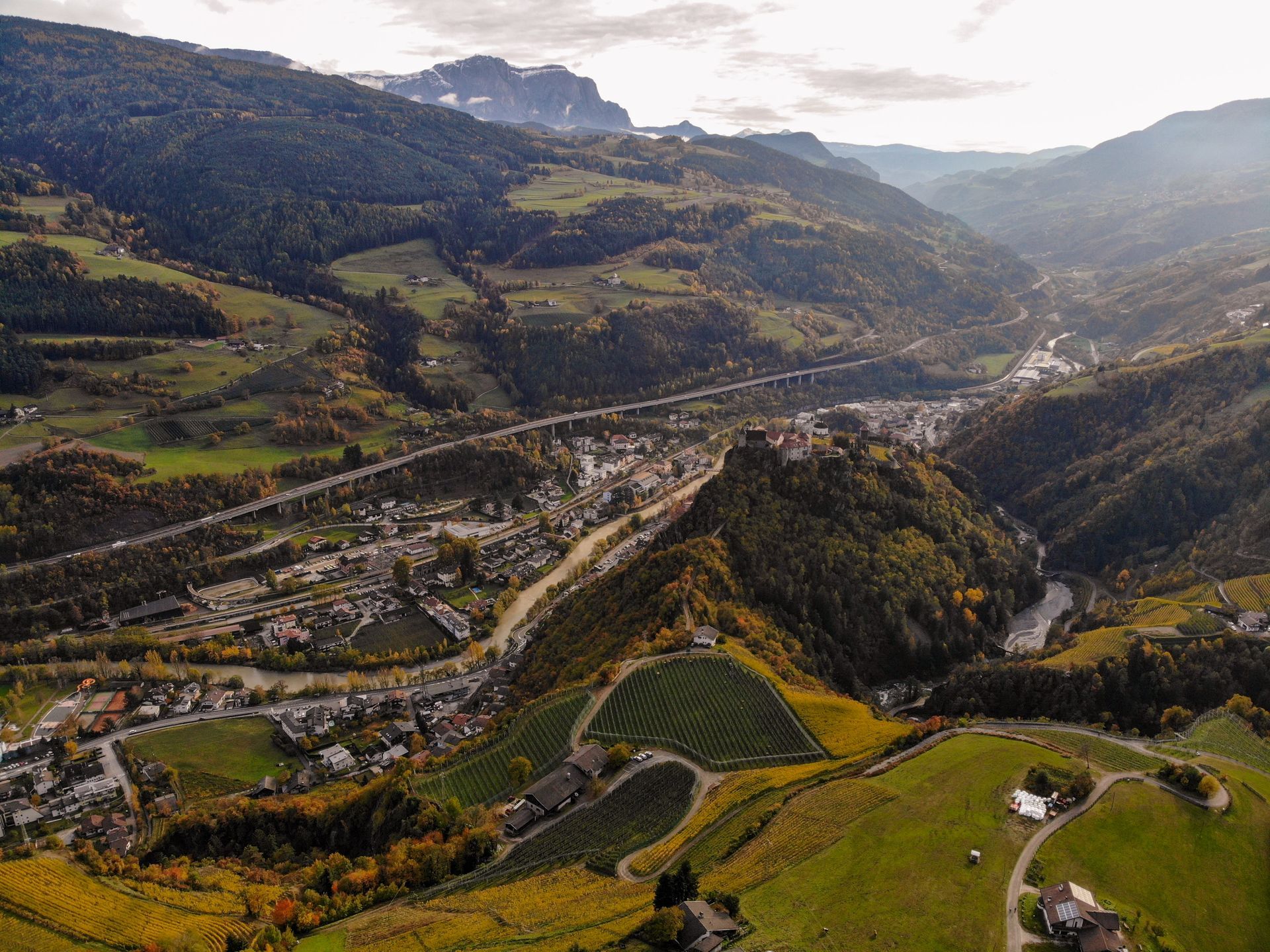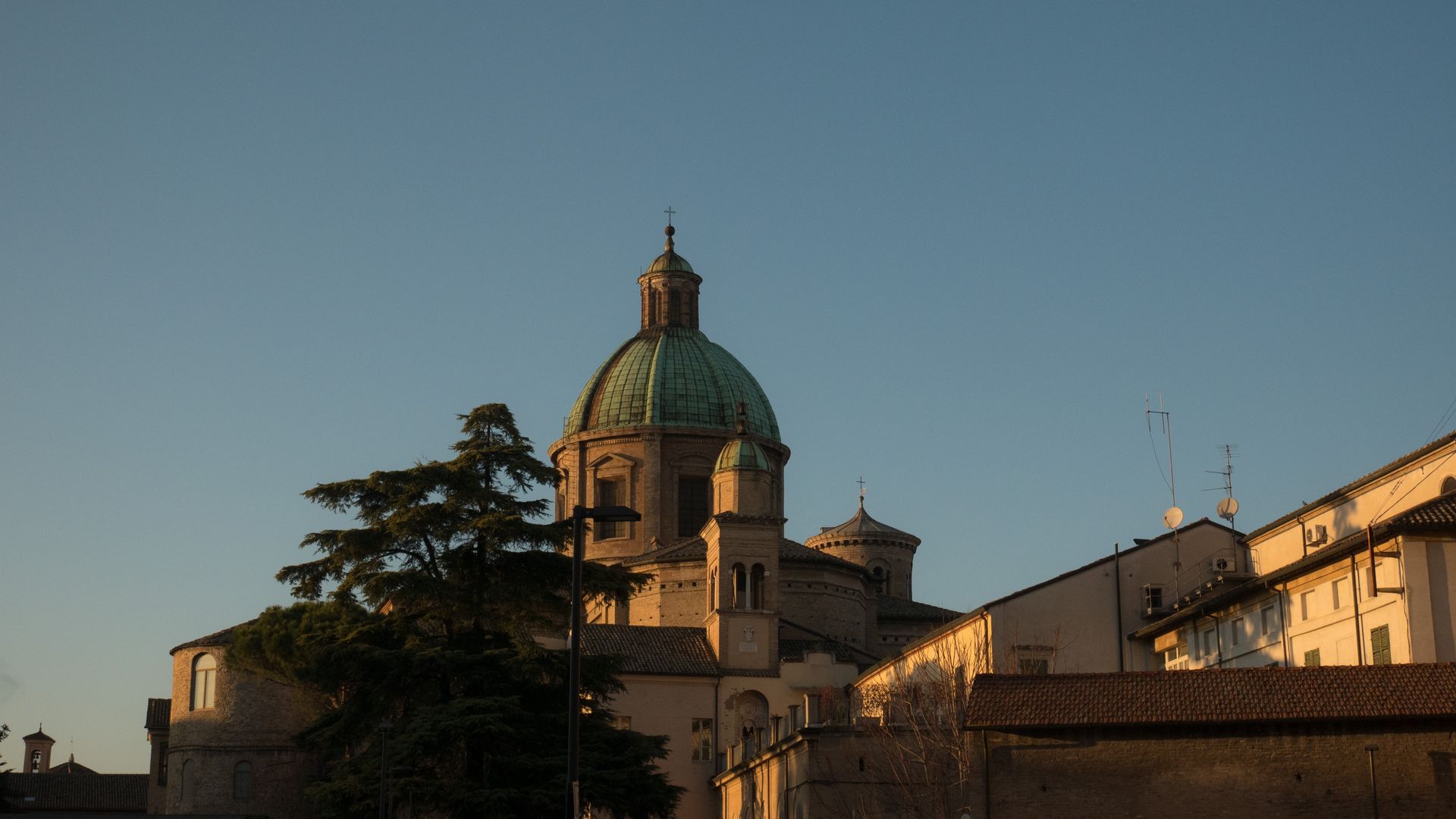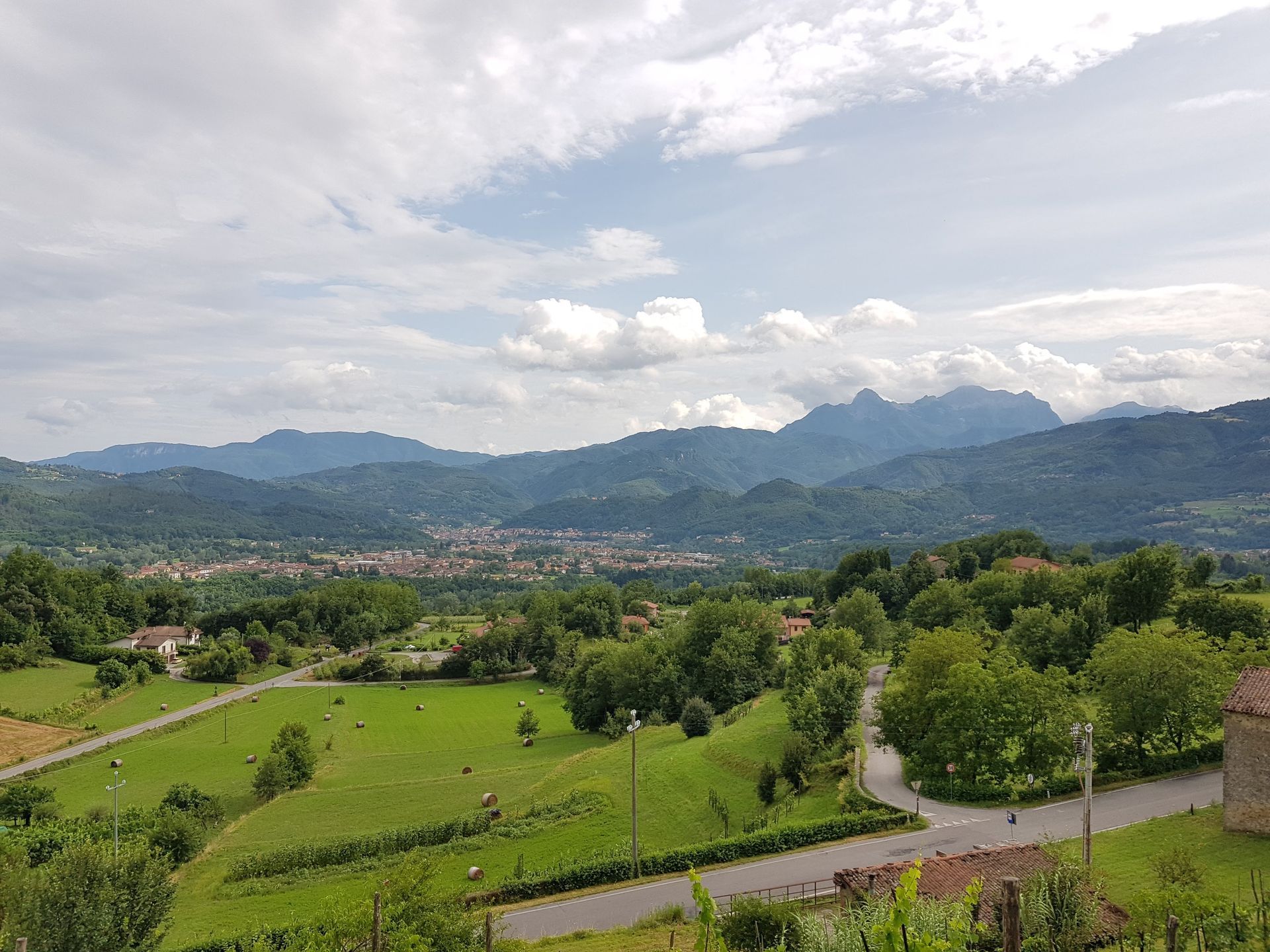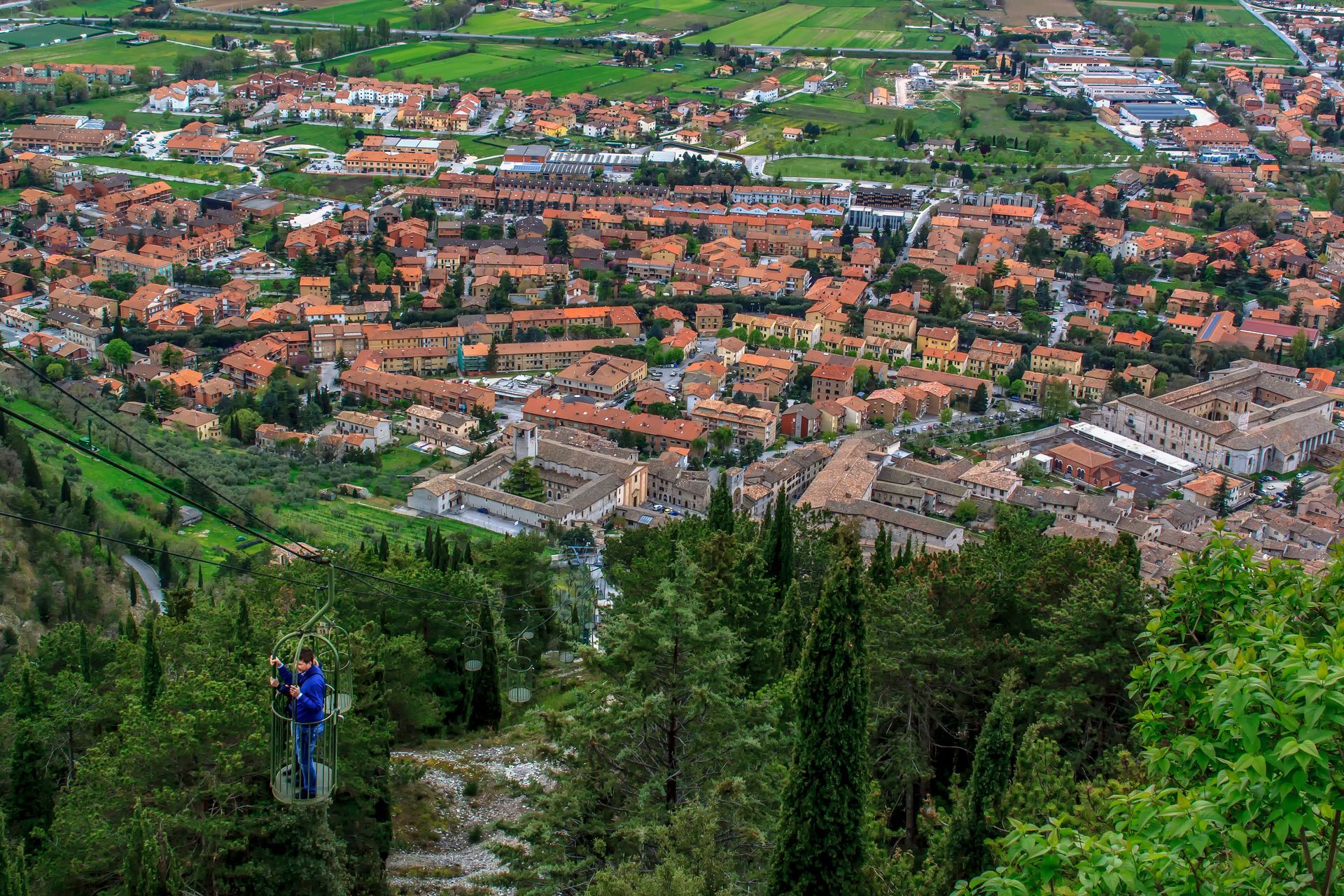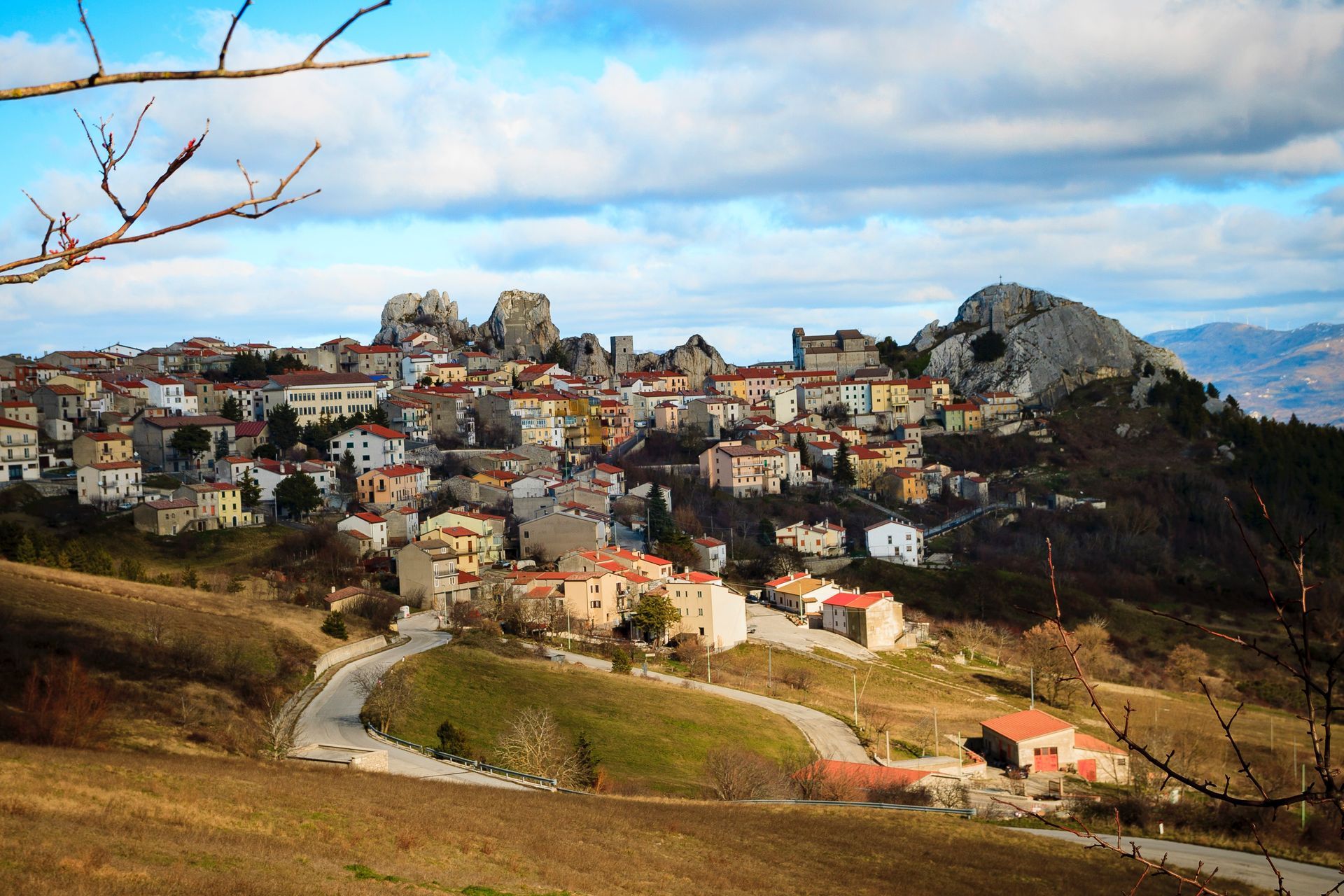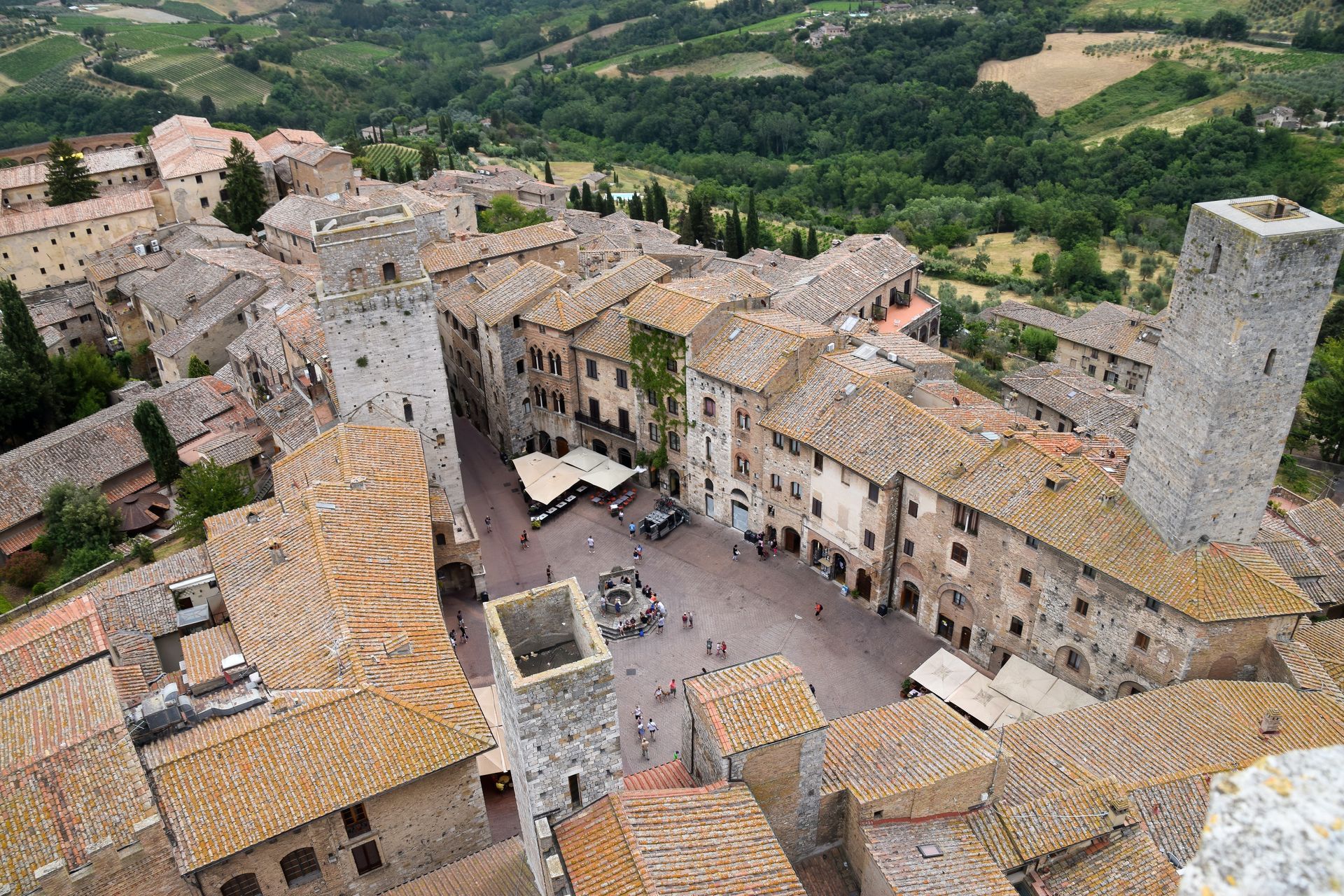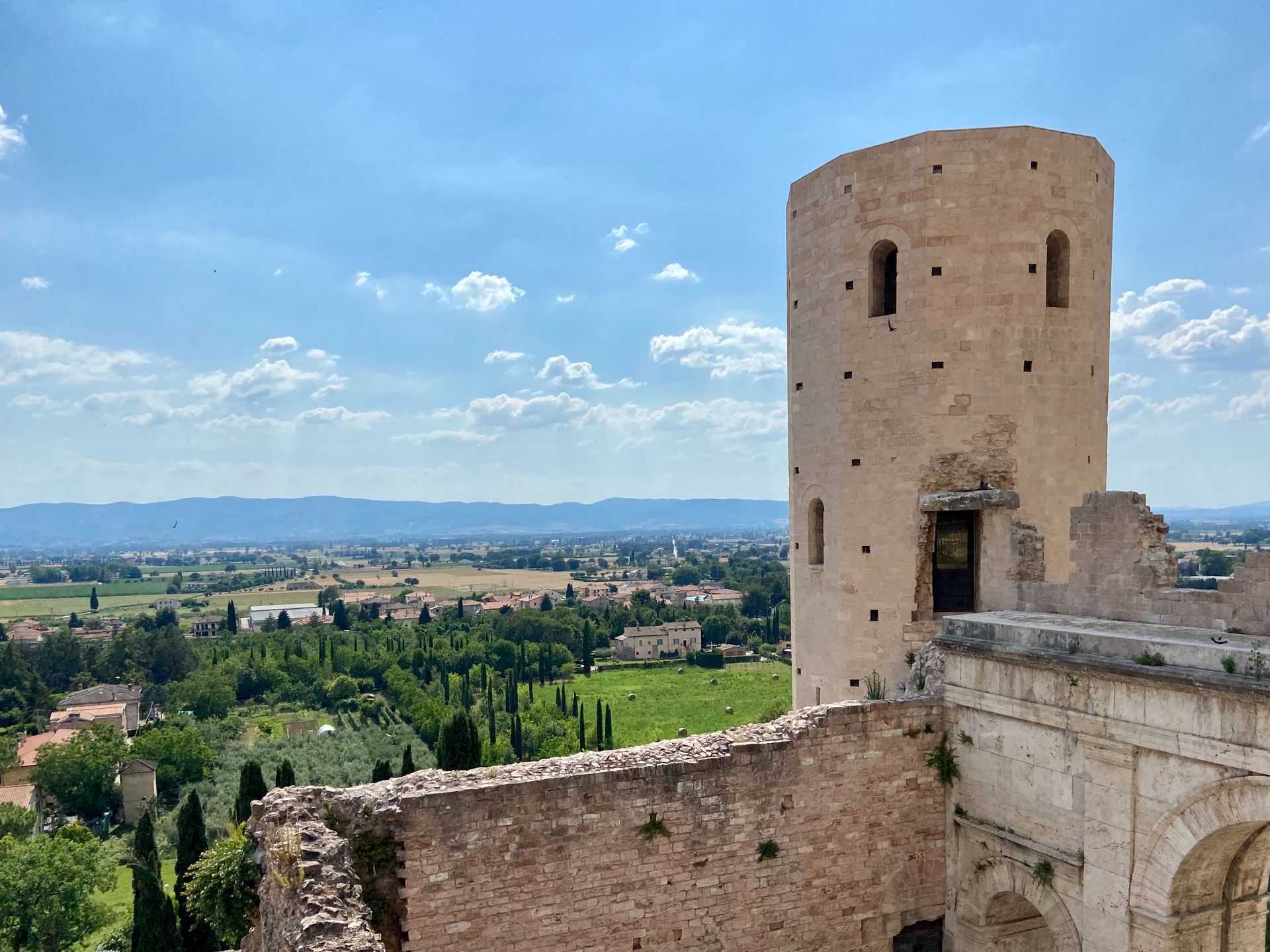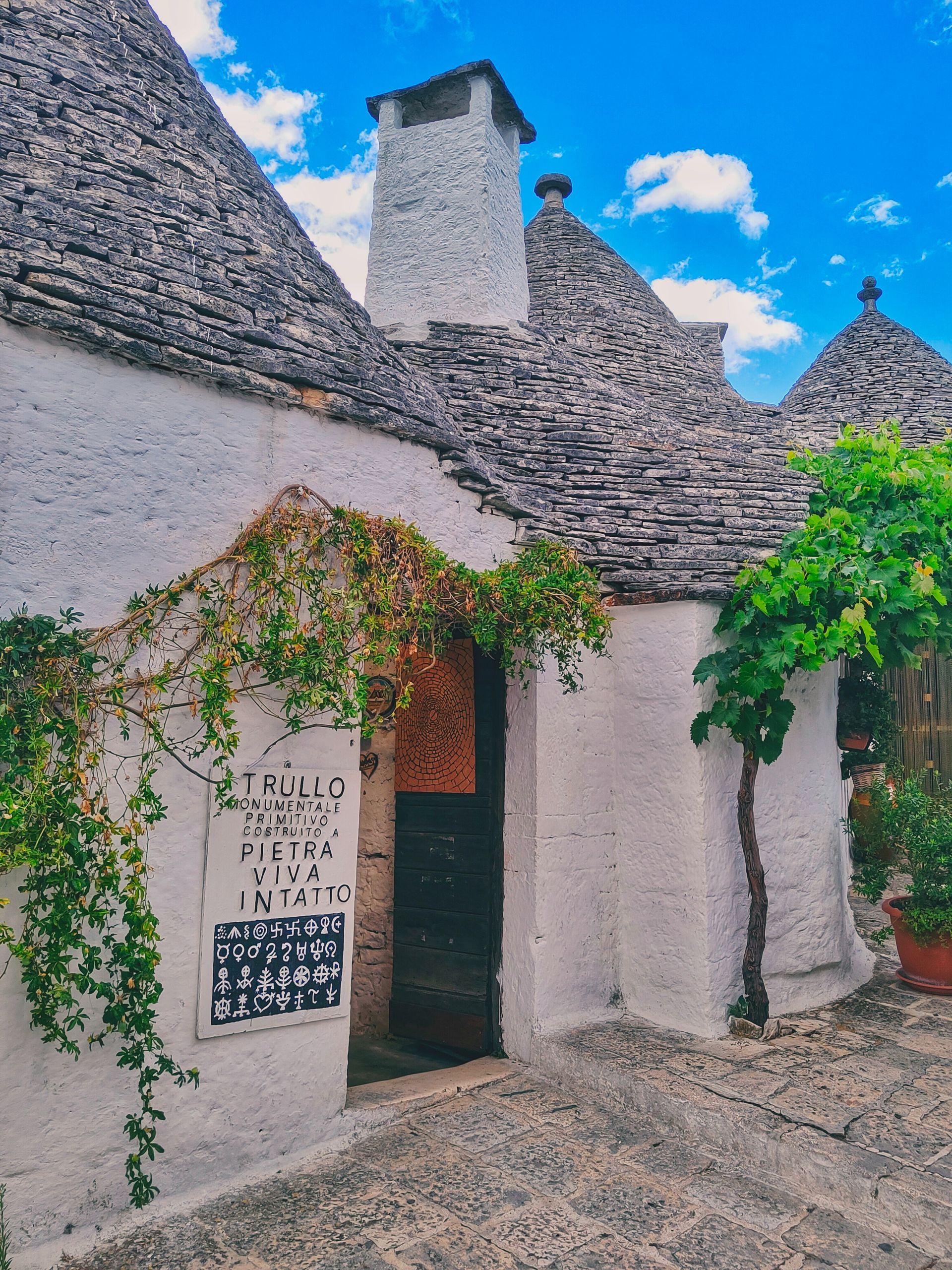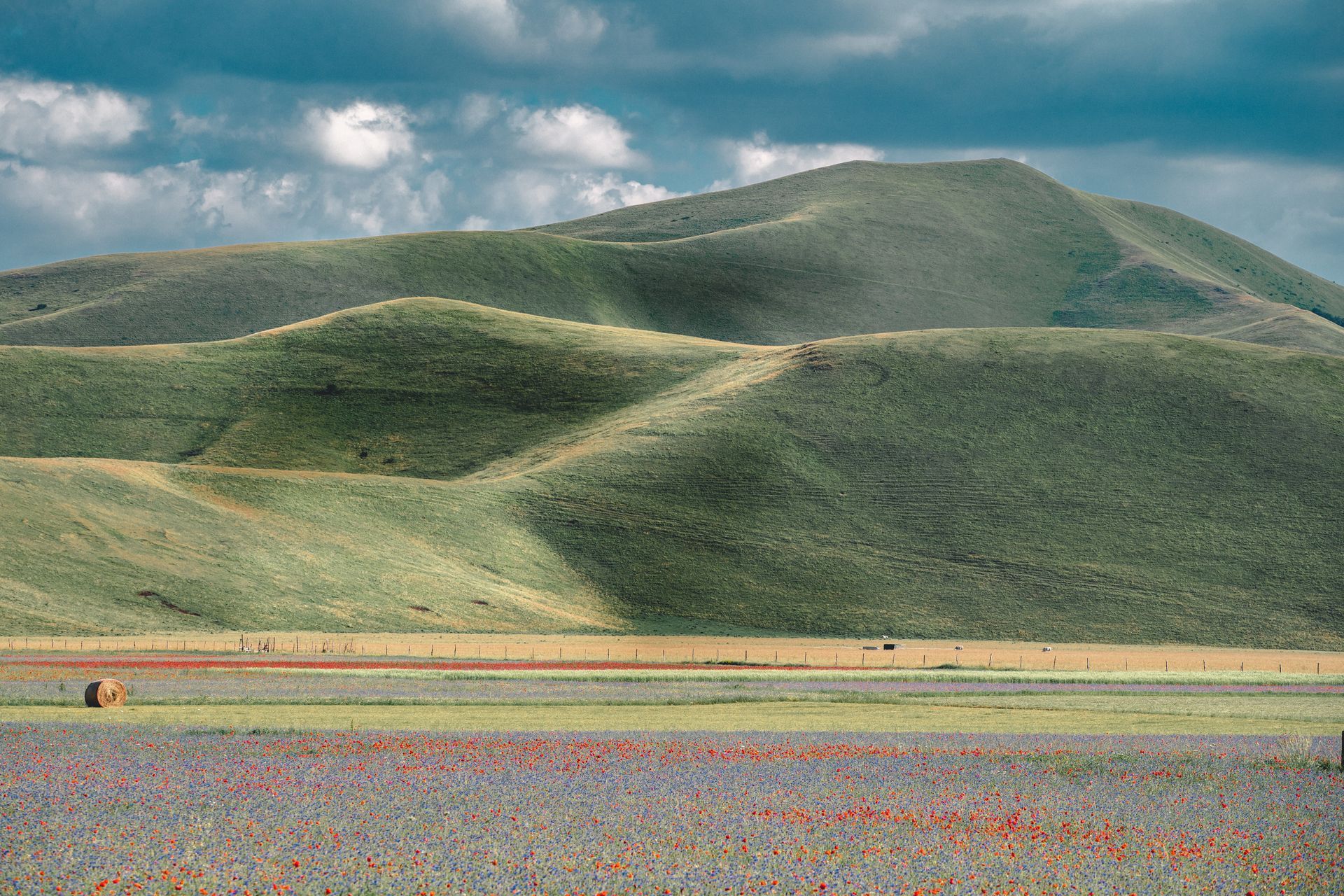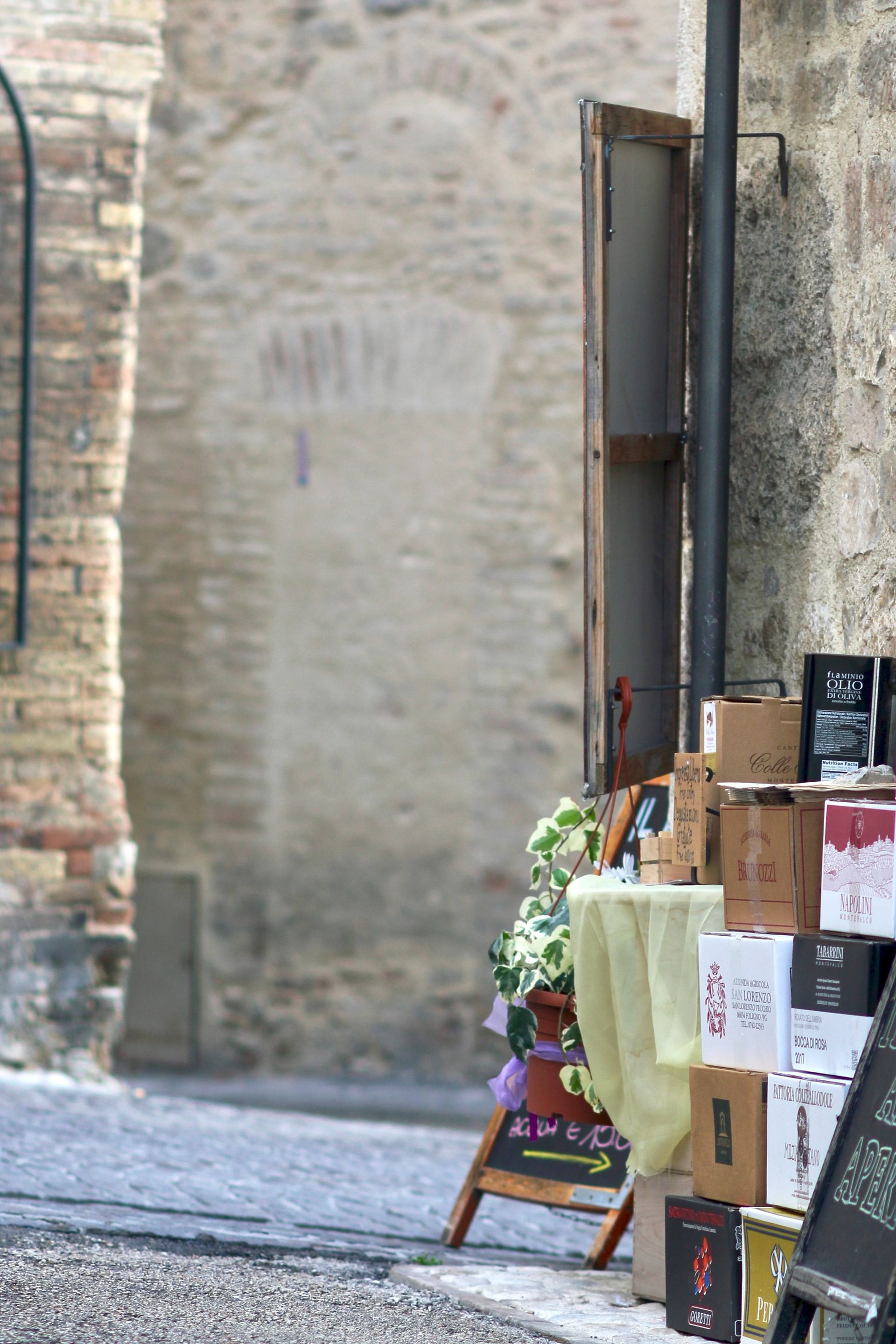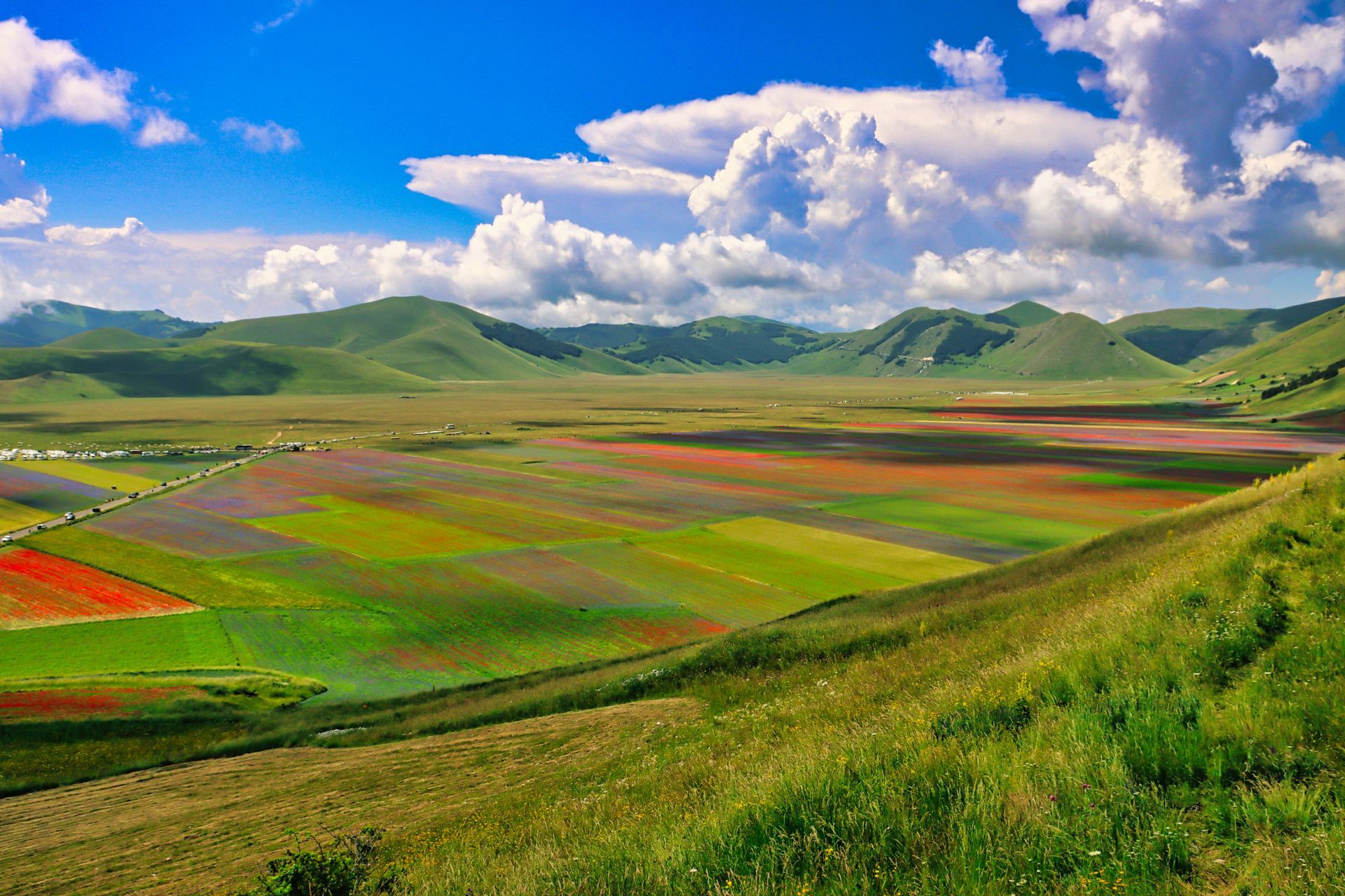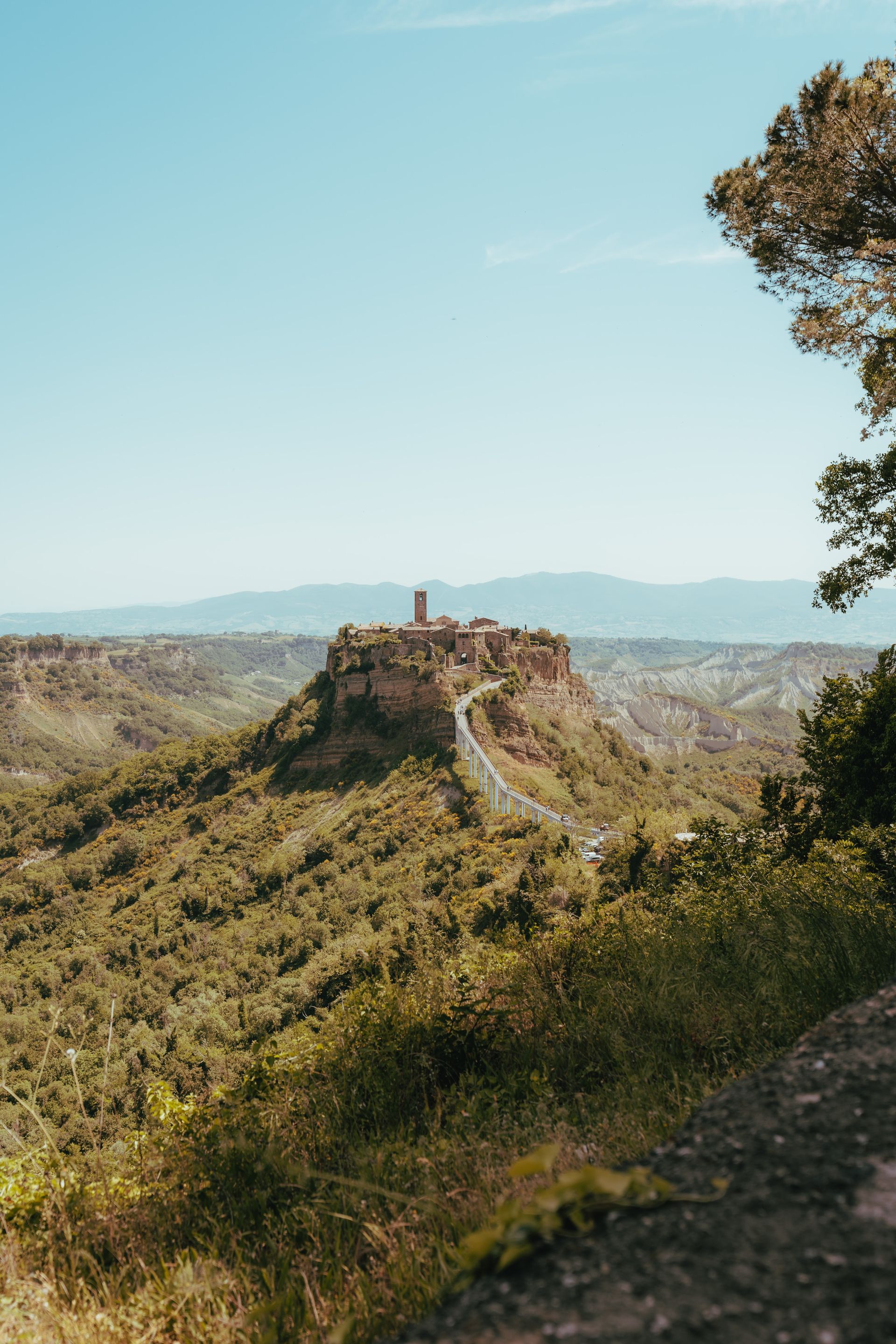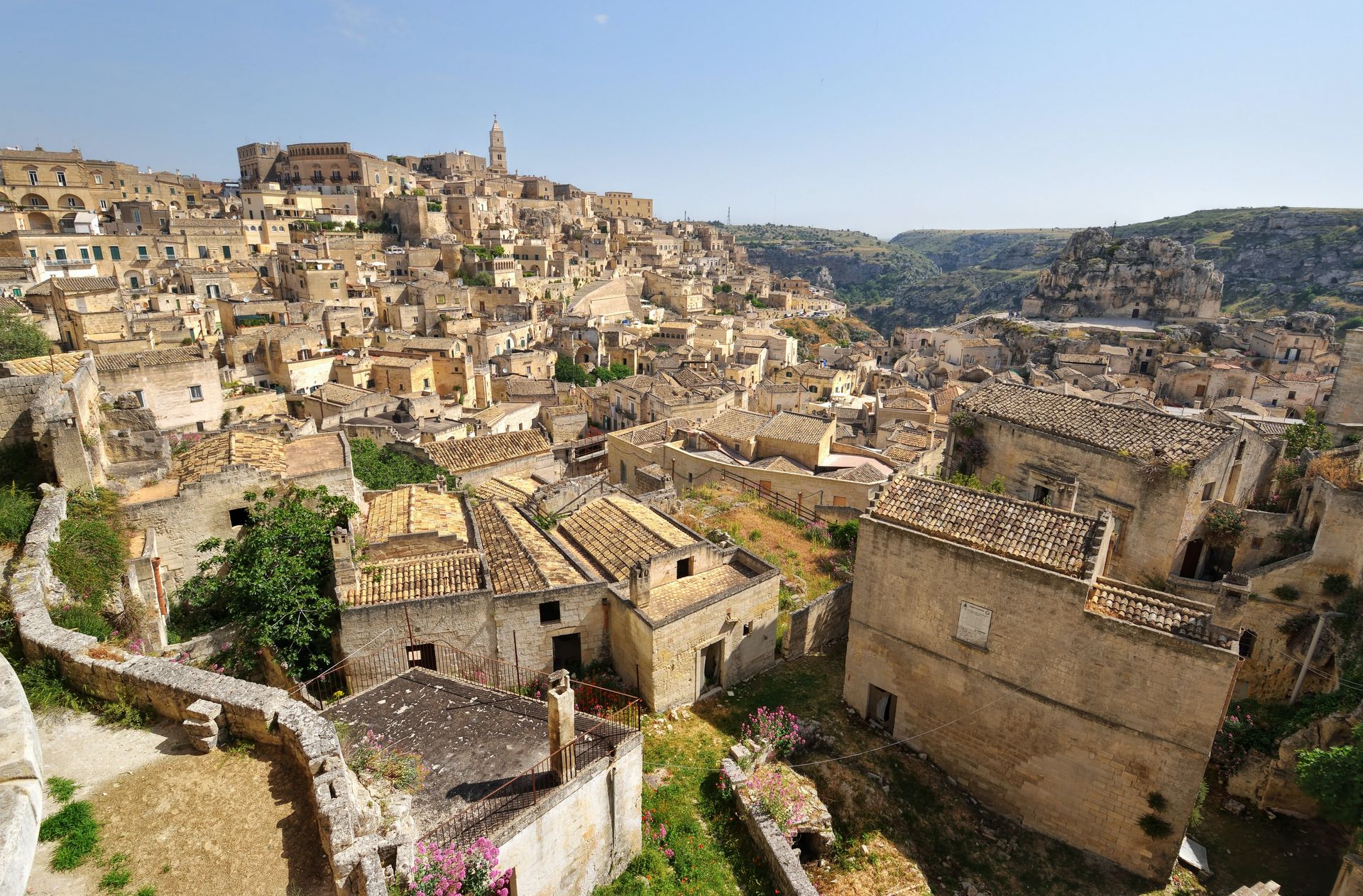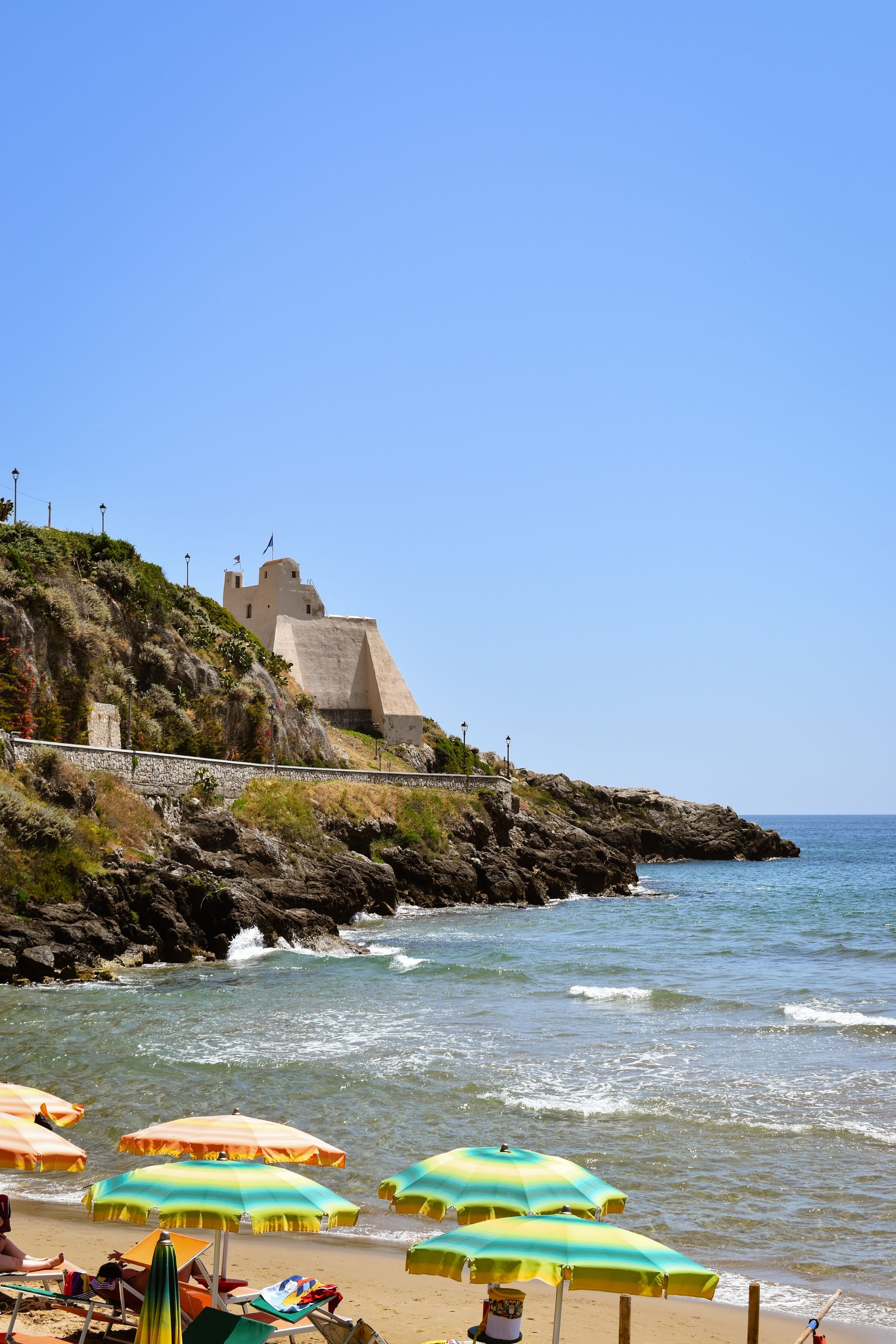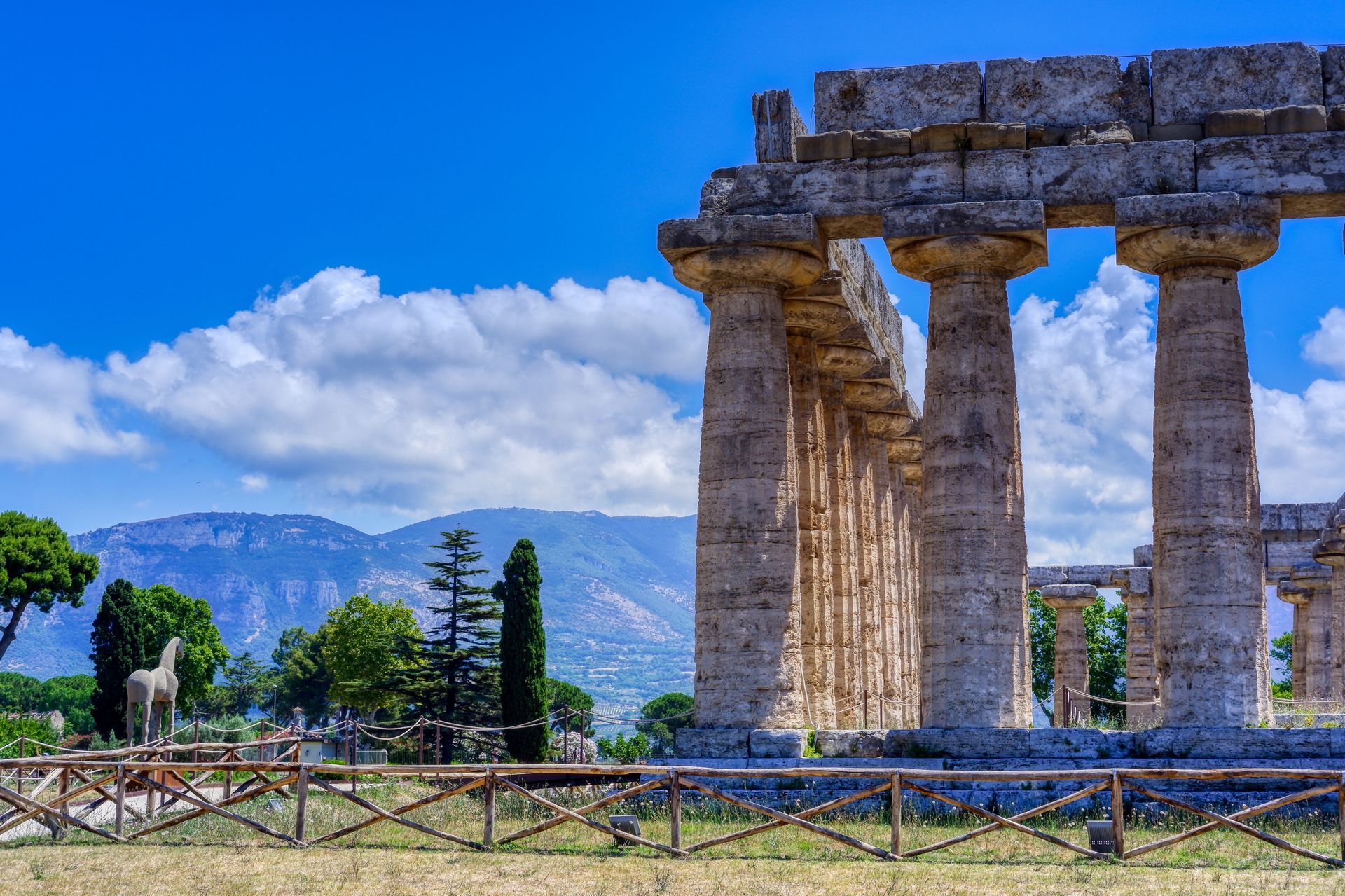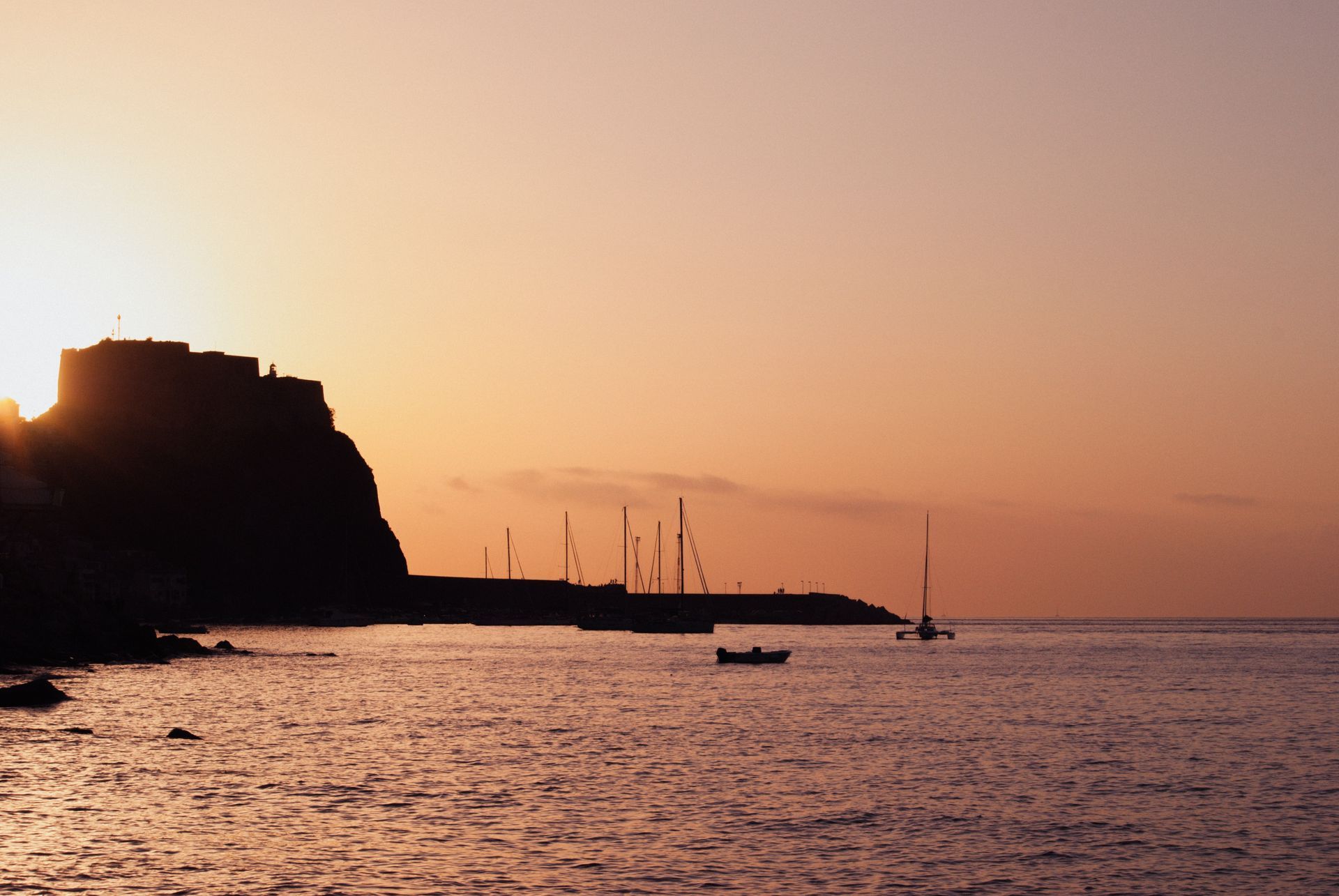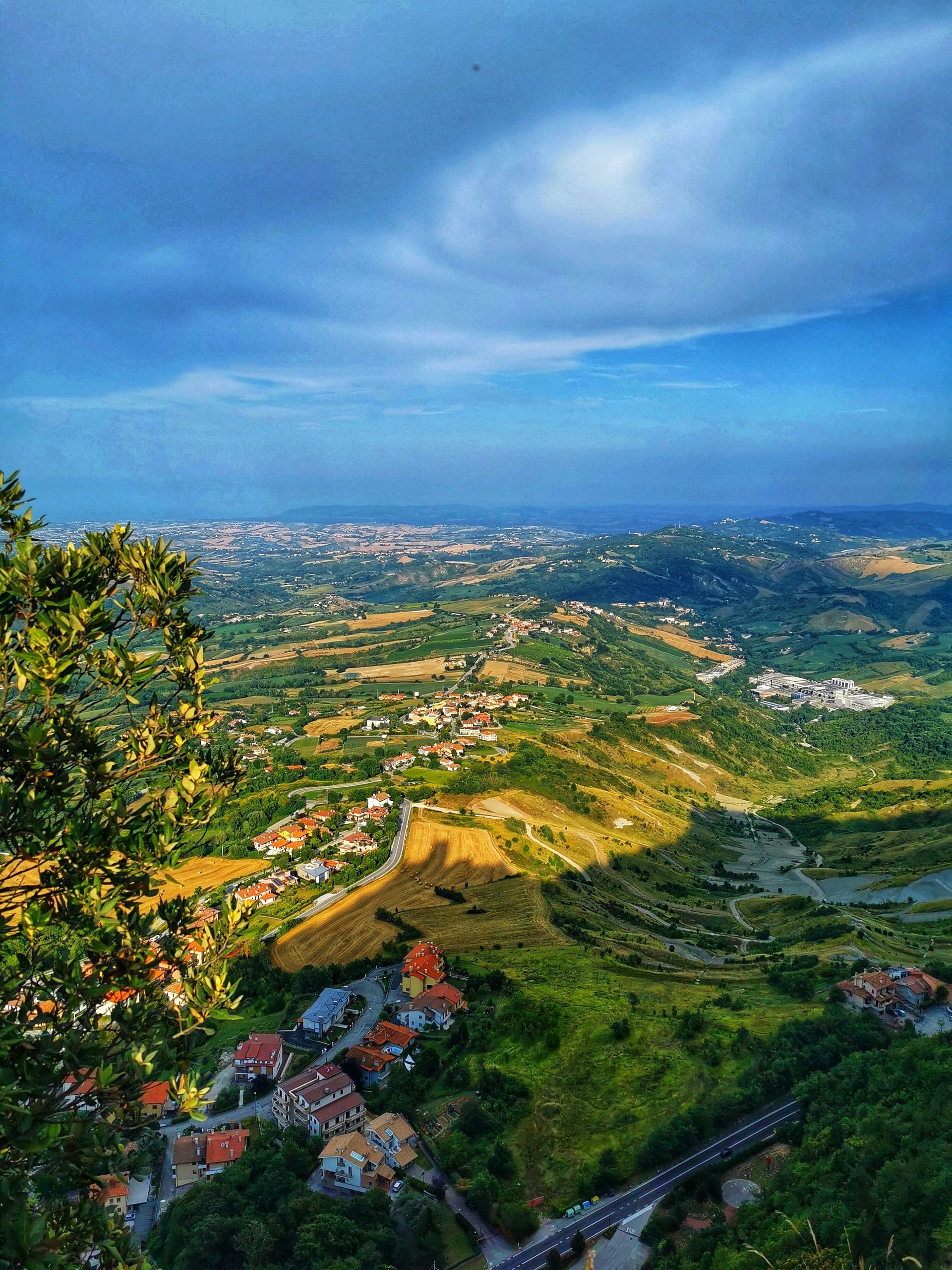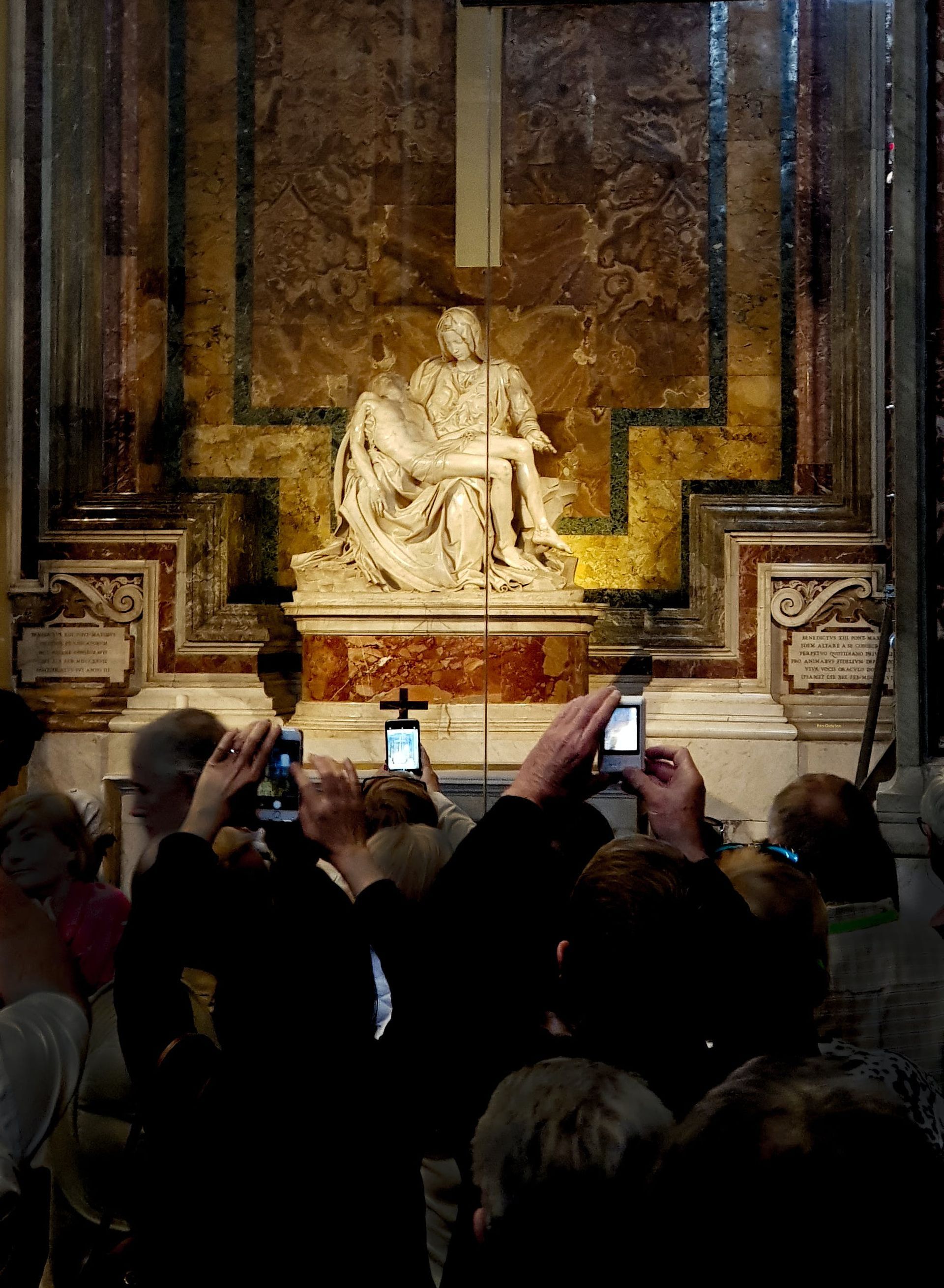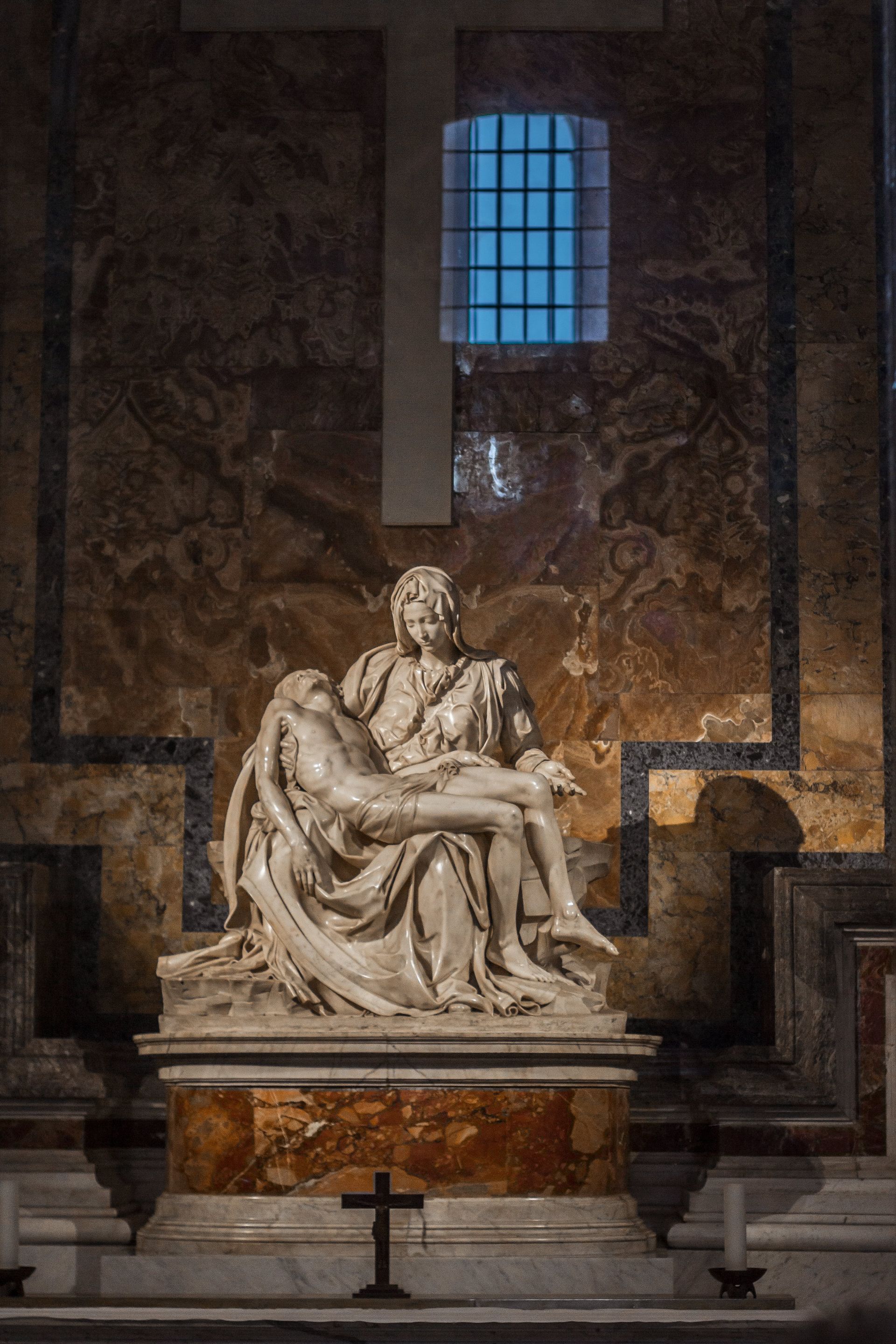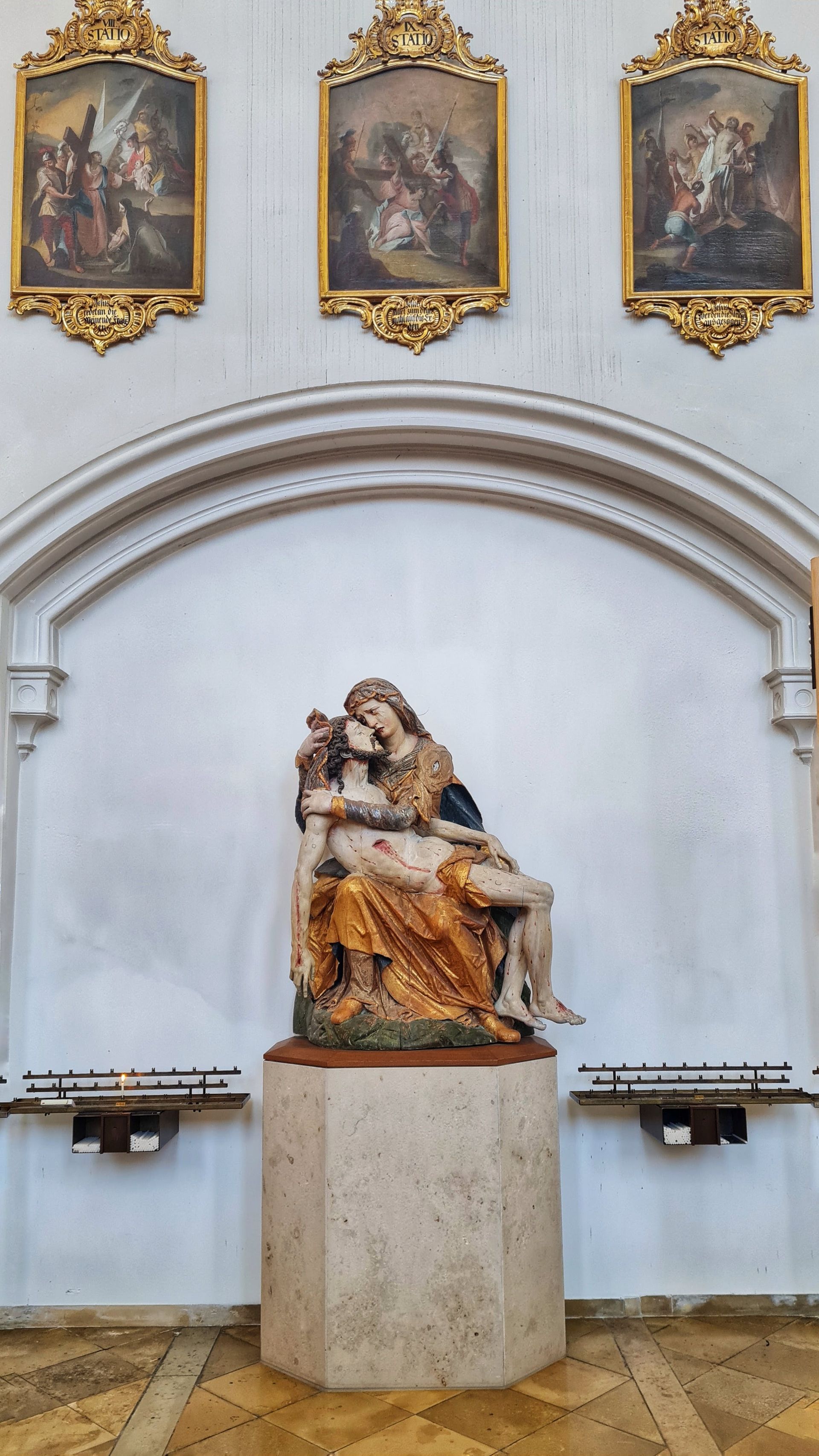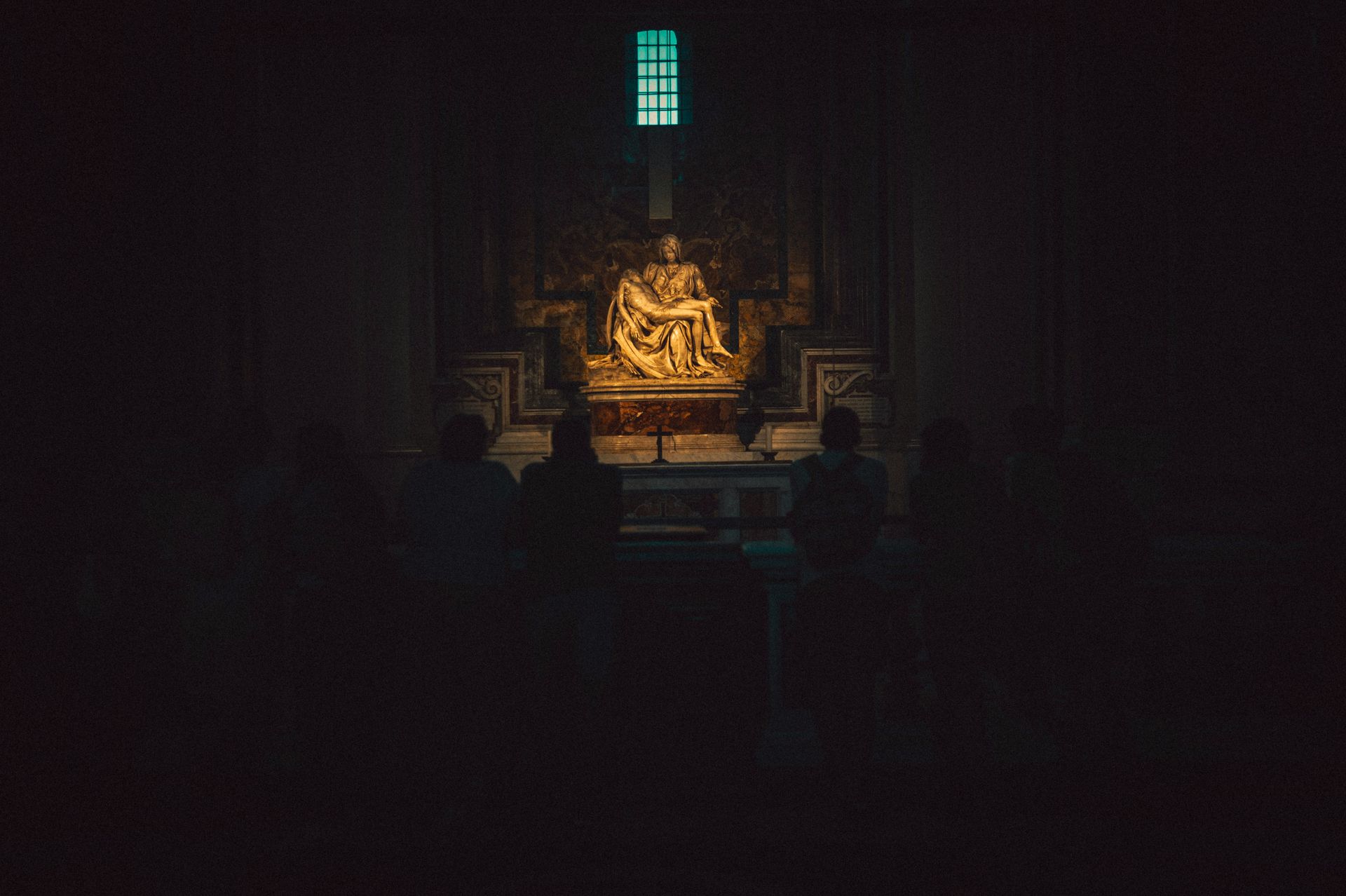Spreading Smile across the globe
Hidden Gems of Northern Italy
Hidden Gems of Italy are a testament to the country's diverse and enchanting beauty, often concealed from the traditional tourist routes. While Italy is celebrated for its iconic cities like Rome, Florence, Venice, and the Amalfi and Cinque Terre coasts, it's the lesser-known destinations that promise a unique journey. These unexplored regions offer travellers a chance to experience Italy's authentic culinary delights, rich historical narratives, and stunning natural landscapes. From the northern reaches to the southern shores, these Hidden Gems of Italy reveal a different facet of this remarkable nation.
Lake Orta - Piedmont
Hidden Gems of Italy come to life at Lake Orta, tucked away near the Swiss border in the heart of Piedmont. This hidden paradise often evades the spotlight compared to its more famous counterparts like Lake Como and Lake Garda. The historic town of Orta San Giulio, with its Baroque and Medieval architecture, cobbled streets, and idyllic Piazza Motta, enchants visitors. The glistening waters of the lake itself invite moments of serenity. What makes Lake Orta truly extraordinary is the mysterious island at its centre—a tranquil sanctuary inhabited by resident nuns.
Treviso - Veneto
Among the Hidden Gems of Italy, Treviso stands as a city in the Veneto region that retains its genuine northern Italian charm. Meandering through its narrow cobbled lanes, picturesque canals, and medieval city walls feels like a step back. Positioned on the fringes of the renowned Prosecco wine region, Treviso provides a delightful excuse for an aperitivo with a glass of Italy's renowned sparkling Prosecco.
Aosta Valley
Nestled among the bordering landscapes of Switzerland and France, the Aosta Valley showcases breathtaking alpine scenery, perched castles, and traditions that thrive throughout the year. When spring and summer arrive, the region's walking trails entice explorers. This season also brings lively festivals that celebrate folk traditions that date back to medieval times. Be sure to savour the local cheese Fontina, a culinary delight that embodies the spirit of this Hidden Gem of Italy.
Alba - Piedmont
Alba, a sought-after destination among Italy's hidden gems, is situated in the vineyards of the Langhe Hills. Once adorned with a hundred towers, Alba exudes a charming rural ambience. It's renowned for its autumn truffle festival, a gastronomic event that captures the essence of the region. Alba is also celebrated for its dark chocolate, hazelnut groves, white truffles, and prestigious wineries. It's from this very region that the sought-after Barolo wine originates.
Camogli - Liguria
Camogli, a typical and vibrant Italian seaside village on the Ligurian Riviera di Levante, perfectly embodies the spirit of the Hidden Gems of Italy. Towering, brightly painted houses dominate the town, and it has become a magnet for visitors seeking pristine beaches, Ligurian cuisine, the rustic fishing marina, Italian culture, and a tranquil natural setting. Camogli has earned its reputation for culinary excellence, focusing on fish and seafood, particularly anchovies and tuna, as well as the iconic pesto sauce made from basil and pine nuts.
Brescia - Lombardy
Hidden Gems of Italy often come alive through history, and Brescia is no exception. In this small city, history unfolds through a tapestry of architectural styles, spanning Roman, Medieval, Renaissance, Baroque, and even Art Deco. Walking through Brescia feels like a journey through time, and a visit to the captivating Piazza della Loggia, framed by a stunning Venetian-style palace at its heart, is a must for history enthusiasts.
Trieste
Trieste is a refreshingly unique destination, an Italian city positioned near the Slovenian border with its dialect that's a delightful blend of Austrian-German, Greek, Croatian, and Italian. Trieste's neoclassical waterfront is a sight to behold, with its marina brimming with stylish, glimmering yachts. The city's offerings include clear blue skies, expansive sandy beaches, city lidos, and the surrounding vineyards. Trieste is a Hidden Gem of Italy that belongs on every traveller's Northern Italian itinerary.
Modena - Emilia-Romagna
Modena is famed for its Hidden Gems of Italy, including balsamic vinegar, Luciano Pavarotti, the Romanesque cathedral, and the nearby Ferrari museum. Beyond these illustrious attractions, Modena reveals a treasure trove of remarkable restaurants. Massimo Bottura's Osteria Francescana has twice earned a place among the world's top 50 eateries, showcasing the culinary excellence of this Hidden Gem. While in Modena, don't miss the chance to savour local specialities like stuffed tortellini and sparkling Lambrusco wine, the perfect complement to your gastronomic journey.
Chiusa / Klausen - South Tyrol
Chiusa, also known as Klausen, is one of Italy's most picturesque villages. It is situated on the banks of the Isarco River in the South Tyrolean region near the Austrian border. Chestnut groves, green fields, vineyards, and farmsteads surround the town. In the village itself, visitors are captivated by narrow alleyways, coats of arms, large bay windows, crenellated facades, and the two main squares.
Ravenna - Emilia-Romagna
Ravenna offers a treasure trove of experiences among the Hidden Gems of Italy. This city is a feast for the senses, with its diverse offerings of food, music, art, culture, history, beaches, wine, and mosaics. Ravenna is home to eight UNESCO-listed sites, making it a must-visit for history and art enthusiasts. It's also known for its two-month-long music festival, Dante Alighieri's tomb, local culinary delights, nearby beach resorts, and the opportunity to explore pinewood forests. The city's fame is derived from its stunning mosaics, dating from the fifth and sixth centuries, scattered throughout the town.
In conclusion, Italy's Hidden Gems invite you to embark on a journey less travelled, where the rich tapestry of history, diverse cuisine, and breathtaking landscapes come to life. These lesser-known destinations provide an authentic Italian experience, away from the bustling crowds, revealing the nation's soul in its purest form. Explore these Hidden Gems to uncover Italy's hidden treasures.
Hidden Gems of Central Italy
Hidden Gems of Italy beckon the adventurous traveller to explore the lesser-known treasures that this remarkable country holds. From the picturesque valleys of Tuscany to the medieval charm of Umbria, the mysterious landscapes of Molise, and the architectural wonders of San Gimignano, these destinations promise unforgettable experiences.
Garfagnana - Tuscany
The Garfagnana region is a hidden gem in the beautiful Tuscan valley north of Lucca. It is crossed by the Serchio River, and the landscape is characterized by fertile greenery, rugged mountains, and charming villages. Outdoor activities such as hiking, walking, and mountain biking are enjoyed by many people in this area. Garfagnana is home to several one-of-a-kind attractions, including a ghost town, a wind cave, and the Devil's Bridge at Borgo a Mozzano.
Gubbio - Umbria
Umbria hides many treasures, and a particular favourite among Hidden Gems of Italy is the Medieval hilltop town of Gubbio. Gubbio, a city with a history dating back over 2,000 years, is a maze of cobbled streets and stone buildings that have been perfectly preserved. Visitors can take a cable car to the summit of Mount Ingino to enjoy panoramic views of the surrounding area. In addition, Gubbio hosts Italy's oldest event, the Corsa dei Ceri, in which teams race through the streets carrying massive wooden candles.
Molise
Molise is Italy's second-smallest region and one of its best-kept secrets. Hidden Gems of Italy are plentiful here. The picturesque town of Agnone is renowned for its artisanal bells, produced by the oldest family-run bell foundry in the world. Meanwhile, Campobasso, the regional capital, boasts a stunning medieval old town. Molise offers a captivating mix of historical charm and natural beauty, with rugged mountains, rolling hills, and pristine beaches along the Adriatic coast.
San Gimignano - Tuscany
Nestled in the heart of Tuscany, San Gimignano boasts medieval architecture and, of course, its famous towers. The town's historic centre is a UNESCO World Heritage site, known for its fourteen stone towers that once symbolised wealth and power. San Gimignano offers a glimpse into medieval Tuscany, with well-preserved streets and squares that transport visitors to another time. Besides the towers, make sure to explore the Collegiate Church and indulge in the local Vernaccia wine, a crisp white wine produced in the region.
Spello - Umbria
Another gem in the heart of Italy, Spello enchants visitors with its winding medieval streets and stunning floral displays. Known as the "Città Infiorata" or "flower town," Spello hosts the Infiorata festival, during which the streets are carpeted with intricate flower petal designs. This event occurs in early June and is a magnificent spectacle. Outside of the festival, Spello's charm continues with its well-preserved historic centre and beautiful churches.
Trulli of Alberobello - Apulia
Apulia, or Puglia, is famous for its unique trulli houses, and Alberobello is the epicentre of this architectural marvel. These whitewashed conical homes are a UNESCO World Heritage Site that offers a glimpse into the region's history. Visitors can even stay in trulli that have been converted into accommodations, providing a truly immersive experience.
Norcia - Umbria
Nestled in the Sibillini Mountains, Norcia is renowned for its gastronomy. This charming town produces exceptional cured meats, particularly prosciutto and salami. For food enthusiasts, Norcia is a true Hidden Gem of Italy. Explore local shops, taste the region's specialities, and visit the beautiful town square. Nature enthusiasts will also find hiking trails and natural beauty in the nearby Monti Sibillini National Park.
Montefalco - Umbria
Montefalco is often called the "Balcony of Umbria" for its stunning views over the surrounding valley. This charming town is also known for its wine, particularly Sagrantino, one of Italy's most robust red wines. Montefalco's medieval centre is picturesque and hosts several churches with remarkable frescoes, making it a cultural and gastronomic gem.
Castelluccio di Norcia - Umbria
High in the Sibillini Mountains, Castelluccio di Norcia is a quaint village known for its stunning wildflower blooms in late spring and early summer. The surrounding plateau becomes a colourful tapestry, attracting photographers and nature enthusiasts. Besides the flowers, visitors can enjoy hiking and take in the breathtaking scenery. Hidden Gems of Italy like Castelluccio di Norcia provide a unique connection to nature and the changing seasons.
In the heart of Italy, a treasury of Hidden Gems awaits the intrepid traveller. From the mysterious ghost town of Garfagnana to the ancient charms of Gubbio, the enchanting landscapes of Molise, and the medieval splendours of San Gimignano, these lesser-known destinations reveal Italy's diverse beauty and rich history. Journey through the tranquil streets of Spello, marvel at the unique trulli houses in Alberobello, savour the culinary delights of Norcia, and bask in the vibrant blooms of Castelluccio di Norcia. These Hidden Gems of Italy promise an unforgettable adventure in a land of timeless wonder.
Hidden Gems of Southern Italy
Italy, a land of rich history, captivating art, and exquisite cuisine, is known for its iconic cities and world-famous landmarks. Despite the tourist-filled streets and crowded piazzas, the country holds many hidden gems—lesser-known destinations that offer a more intimate and authentic experience. These places, tucked away in various corners of Italy, are a testament to the nation's diverse and enchanting beauty, waiting to be explored by the discerning traveller. From medieval towns perched atop hills to charming coastal villages and ancient archaeological sites, the Hidden Gems of Italy promise unique adventures and unforgettable memories.
Civita di Bagnoregio - Lazio
Civita di Bagnoregio is often called the "Dying Town" because of its gradual erosion over the centuries. This medieval village is perched on a hilltop and can only be reached by a long footbridge. It's a unique destination, seemingly suspended in time, and is the perfect Hidden Gem for history buffs and photographers.
Matera - Basilicata
Matera, known for its cave dwellings, is one of Italy's most intriguing and unique destinations. The Sassi di Matera, a historic cave settlement, is a UNESCO World Heritage Site. Matera is gaining popularity but still qualifies as one of the Hidden Gems of Italy. Touring this labyrinth of stone-carved rooms and narrow streets offers an incredible historical journey.
Sperlonga - Lazio
Sperlonga is a charming coastal town characterized by its pristine beaches, winding alleys, and picturesque piazzas. Nestled between Rome and Naples, Sperlonga is often overlooked by travellers. A visit here reveals a relaxed and authentic Italian atmosphere, perfect for strolls and seaside relaxation. Take advantage of the Grotto of Tiberius, a cave once used as the emperor's villa and now a museum.
Paestum - Campania
The ancient ruins of Paestum, originally a Greek colony known as Poseidonia, provide an extraordinary window into Italy's history. The temples are exceptionally well-preserved, ranking among the best-preserved in the world. Paestum is also home to a fascinating archaeological museum that displays artefacts from the site. Enjoy a step back in time amid the Hidden Gems of Italy.
Castro - Apulia
Castro, a picturesque coastal town, boasts a historic centre perched on a rocky outcrop. Visitors can explore ancient churches, fortifications, and a charming harbour. Castro also has sea caves that can be explored by boat. The region's cuisine is a seafood lover's paradise, making this town a Hidden Gem for food enthusiasts as well.
Scilla - Calabria
Scilla, an idyllic coastal village in Calabria, offers stunning sea views and hidden beaches. The town is known for the Ruffo Castle, which dominates the landscape, and the legendary sea monster Scylla from Greek mythology. The charming village is a serene and lesser-known alternative to some of the more crowded Italian seaside destinations.
San Marino
San Marino is a microstate surrounded by Italy and is one of the world's oldest republics. It's a destination that's often missed, making it a true Hidden Gem. San Marino boasts dramatic mountaintop views, historic architecture, and unique attractions like the Guaita Tower and the Palazzo Pubblico. For collectors, the country is also known for its beautiful stamps and coins.
Conclusion
Discovering the Allure of Hidden Gems of Italy
Hidden Gems of Italy offers travellers an authentic experience, far removed from the tourist-packed cities and famous landmarks. These lesser-known destinations unravel the genuine charm, culture, history, and culinary wonders that make Italy an endlessly fascinating country to explore. From the mountains of the North to the coasts of the South, each region holds its treasures, waiting to be discovered by those who venture off the beaten path. By exploring the Hidden Gems of Italy, you can craft a unique and unforgettable journey that deepens your appreciation of this incredible country. Plan your trip carefully, and you will be rewarded with the beauty, history, and flavours that characterize these enchanting places.
Michelangelo Pieta Statue
The statue of Michelangelo Pieta stands as a timeless testament to the genius of Renaissance sculpture and the profound spiritual and artistic vision of its creator, Michelangelo Buonarroti. Crafted from a single block of Carrara marble, this monumental masterpiece depicts the Virgin Mary cradling the lifeless body of Jesus Christ with a sense of divine grace and profound sorrow. Located in St. Peter's Basilica in Vatican City, the Pieta is widely regarded as one of Michelangelo's greatest achievements and remains a symbol of spiritual devotion and artistic excellence.
The Creation of the Statue of Michelangelo Pieta
The statue of Michelangelo Pieta was sculpted by Michelangelo between 1498 and 1500 when he was just 24 years old. Commissioned by French cardinal Jean de Billheres, the Pieta was intended for the cardinal's future tomb in St. Peter's Basilica. Michelangelo's mastery of form and ability to imbue stone with lifelike qualities are evident in every detail of the sculpture. The Pieta represents a departure from traditional depictions of the scene, with Michelangelo opting for a youthful and serene depiction of the Virgin Mary, emphasizing her spiritual strength and maternal tenderness.
Symbolism and Iconography of the Pieta
The statue of Michelangelo Pieta is rich in symbolism and iconography, with each element of the composition conveying profound spiritual and theological significance. The Virgin Mary's serene expression and graceful posture symbolize her acceptance of God's will and her unwavering faith in His divine plan. Jesus Christ's lifeless body, draped across Mary's lap, represents the ultimate sacrifice for humanity's redemption and the promise of salvation through Christ's resurrection. The Pieta serves as a powerful meditation on the themes of suffering, sacrifice, and redemption, inviting viewers to contemplate the mysteries of faith and the transcendent power of divine love.
Technical Mastery and Artistic Innovation
Michelangelo's technical mastery and artistic innovation are evident in the execution of the Pieta, which showcases his unparalleled skill in sculpting marble with precision and sensitivity. The fluidity of Mary's drapery, the delicate rendering of her features, and the naturalism of Christ's form attest to Michelangelo's keen understanding of anatomy and his ability to capture the essence of human emotion in stone. The Pieta's composition is carefully balanced and harmonious, with every contour and gesture contributing to the overall sense of grace and beauty. Michelangelo's innovative approach to sculpting and his mastery of light and shadow set new standards for Renaissance art and inspired generations of artists to come.
The Pieta is a Symbol of Compassion and Hope
In addition to its religious and artistic significance, the statue of Michelangelo Pieta embodies universal themes of compassion, empathy, and hope that resonate across cultures and traditions. Mary's tender embrace of her son's lifeless body conveys a profound sense of maternal love and compassion, offering solace to all who behold it. The Pieta serves as a reminder of the power of compassion to heal wounds, mend brokenness, and restore faith in the face of adversity. In a world marked by suffering and strife, the Pieta stands as a beacon of hope, reminding us of the enduring presence of divine love and the promise of redemption.
Exploring the Historical Context of the Pieta
To truly appreciate the statue of Michelangelo Pieta, one must delve into the rich historical context of Renaissance Italy, a period marked by profound intellectual, cultural, and artistic ferment. During the 15th and 16th centuries, Italy experienced a revival of classical learning and humanistic ideals, as scholars and artists sought to rediscover the wisdom and artistic achievements of antiquity. This cultural rebirth, known as the Renaissance, transformed the way people thought about art, literature, philosophy, and religion, fostering a spirit of innovation and exploration that would shape the course of Western civilization for centuries to come.
Renaissance Humanism and Artistic Innovation
Central to the ethos of the Renaissance was the concept of humanism, a philosophical and intellectual movement that celebrated the inherent dignity, creativity, and potential of the individual. Humanist scholars such as Petrarch, Pico della Mirandola, and Erasmus championed the study of classical literature, philosophy, and art to cultivate moral virtue, intellectual excellence, and personal fulfilment. Inspired by the ideals of humanism, Renaissance artists embraced new techniques, materials, and subjects, seeking to express the beauty, complexity, and diversity of the human experience in their work.
The Rise of Patronage and Courtly Culture
The flourishing of Renaissance art was closely intertwined with the rise of patronage and courtly culture, as wealthy merchants, aristocrats, and church officials vied for prestige and influence through the sponsorship of artists and the commissioning of works of art. Wealthy patrons such as the de' Medici family in Florence, the Sforza dynasty in Milan, and the papacy in Rome provided financial support and artistic patronage to some of the greatest artists of the Renaissance, including Leonardo da Vinci, Raphael, and, of course, Michelangelo Buonarroti.
Historical Context and Cultural Significance
The statue of Michelangelo Pieta occupies a central place in the cultural and religious heritage of Italy and the Catholic Church. As a symbol of Christian devotion and spiritual contemplation, the Pieta has inspired countless pilgrims and worshippers to reflect on the mysteries of the faith and the significance of Christ's sacrifice. Its presence in St. Peter's Basilica, the spiritual heart of the Catholic Church, underscores its importance as a sacred relic and a source of inspiration for believers around the world. The Pieta also reflects the cultural and artistic milieu of Renaissance Italy, a period of profound intellectual and spiritual ferment that gave rise to some of the greatest works of art in history.
Conservation and Preservation Efforts
The conservation and preservation of the statue of Michelangelo Pieta are ongoing priorities for the Vatican Museums, which oversee its care and maintenance. Over the centuries, the Pieta has undergone numerous restorations and conservation treatments to address issues such as surface erosion, structural instability, and environmental damage. Conservationists employ a variety of techniques and materials to stabilize the marble and protect it from further deterioration, including cleaning, consolidation, and structural reinforcement. The Vatican Museums are committed to ensuring that the Pieta remains accessible to future generations of visitors, allowing them to experience its beauty and spiritual power for centuries to come.
The Pieta's Influence on Art and Culture
The statue of Michelangelo Pieta has exerted a profound influence on the development of Western art and culture, inspiring countless artists, writers, and theologians over the centuries. Its iconic status and timeless beauty have made it a symbol of spiritual devotion and artistic excellence, revered by believers and art enthusiasts alike. The Pieta's influence can be seen in the works of later sculptors and painters who sought to capture the same sense of emotional intensity and spiritual depth conveyed by Michelangelo's masterpiece. From the Baroque period to the present day, the Pieta continues to resonate with audiences around the world, serving as a source of inspiration and contemplation for generations.
Pilgrimage and Devotion
The statue of Michelangelo Pieta has long been a destination for pilgrims and devotees seeking solace, inspiration, and spiritual renewal. Each year, millions of visitors from around the world make the journey to St. Peter's Basilica to pay homage to the Pieta and to experience its transformative power firsthand. For many, the encounter with the statue is a deeply personal and profoundly moving experience, evoking feelings of reverence, awe, and humility in the presence of divine grace. The Pieta serves as a focal point for prayer, meditation, and reflection, offering pilgrims a sacred space to connect with the divine and to seek solace in times of joy and sorrow.
Scholarly Inquiry and Interpretation
The statue of Michelangelo Pieta has been the subject of scholarly inquiry and interpretation since its creation, with art historians, theologians, and cultural critics offering insights into its meaning and significance. Scholars explore the historical context in which the Pieta was created, analyzing its iconography, composition, and stylistic characteristics to uncover the artist's intentions and motivations. They also examine the broader cultural and religious implications of the Pieta, considering its role as a symbol of Christian piety and devotion in Renaissance Italy. Through interdisciplinary research and critical analysis, scholars seek to deepen our understanding of Pieta's enduring legacy and its relevance to contemporary society.
The Pieta and the Cult of Mary
In the religious context of Renaissance Italy, devotion to the Virgin Mary occupied a central place in the hearts and minds of believers, inspiring a flourishing cult of Marian piety and devotion. Mary, as the mother of Christ and the epitome of maternal love and compassion, held a special place in the hearts of Renaissance Christians, who turned to her as an intercessor and protector in times of trouble and adversity. The Pieta, with its tender portrayal of Mary cradling the body of her son, resonated deeply with the sensibilities of Renaissance audiences, offering solace and consolation to those who gazed upon it.
The Spiritual and Artistic Legacy of Michelangelo
Michelangelo Buonarroti, the sculptor of the Pieta, was one of the towering figures of the Renaissance, whose artistic genius and creative vision left an indelible mark on the cultural landscape of Italy and the world. Renowned for his mastery of anatomy, his command of marble, and his ability to imbue his sculptures with a sense of emotional depth and psychological complexity, Michelangelo revolutionized the art of sculpture, elevating it to new heights of expressiveness and dynamism. His works, including the Pieta, the David, and the Sistine Chapel ceiling, are celebrated as masterpieces of Renaissance art, testaments to the enduring power of human creativity and spiritual beauty.
The Pieta in Context: Art and Religion in Renaissance Italy
The statue of Michelangelo Pieta reflects the intersection of art and religion in Renaissance Italy, where spiritual devotion and artistic expression converged to create works of transcendent beauty and meaning. In the religious worldview of the Renaissance, art was seen not merely as an aesthetic pursuit but as a means of conveying spiritual truths and inspiring piety and devotion in the viewer. Artists like Michelangelo sought to elevate the soul and awaken the spirit through their creations, using the language of form, colour, and composition to communicate profound theological and moral concepts to their audiences.
The Legacy of the Pieta: A Symbol of Faith and Beauty
As we reflect on the legacy of the statue of Michelangelo Pieta, we are reminded of the enduring power of art to inspire, uplift, and transform the human spirit. For over five centuries, the Pieta has stood as a symbol of faith and beauty, captivating the hearts and minds of countless generations with its timeless grace and spiritual depth. As we gaze upon its exquisite form and contemplate its profound meaning, we are drawn into a world of mystery and wonder, where the divine intersects with the human and the eternal meets the temporal. In the hushed halls of St. Peter's Basilica, the statue of Michelangelo Pieta continues to beckon us with its silent eloquence, inviting us to ponder the mysteries of life, death, and the boundless depths of divine love.
Conclusion:
The enduring legacy of the statue of Michelangelo Pieta extends far beyond the confines of St. Peter's Basilica, resonating with audiences worldwide and transcending the boundaries of time and space. Its universal themes of compassion, sacrifice, and redemption speak to the human condition in all its complexity, offering solace and hope to people of every culture and creed. As visitors from every corner of the globe make the pilgrimage to behold its beauty, the Pieta continues to serve as a beacon of spiritual enlightenment and artistic inspiration, reminding us of the transformative power of beauty and the enduring legacy of human creativity.
In an age marked by uncertainty and upheaval, the statue of Michelangelo Pieta stands as a testament to the enduring power of faith, love, and compassion to illuminate the darkness and guide us on our journey through life. Its timeless message of hope and redemption speaks to the deepest longings of the human heart, offering comfort and consolation to all who seek solace in its presence. As we contemplate the beauty and majesty of the Pieta, may we be reminded of the enduring truth that, even in our darkest hour, the light of divine love shines bright, illuminating the path to healing, wholeness, and eternal peace.
Things To Do | Travel Information | Local's Favourites




